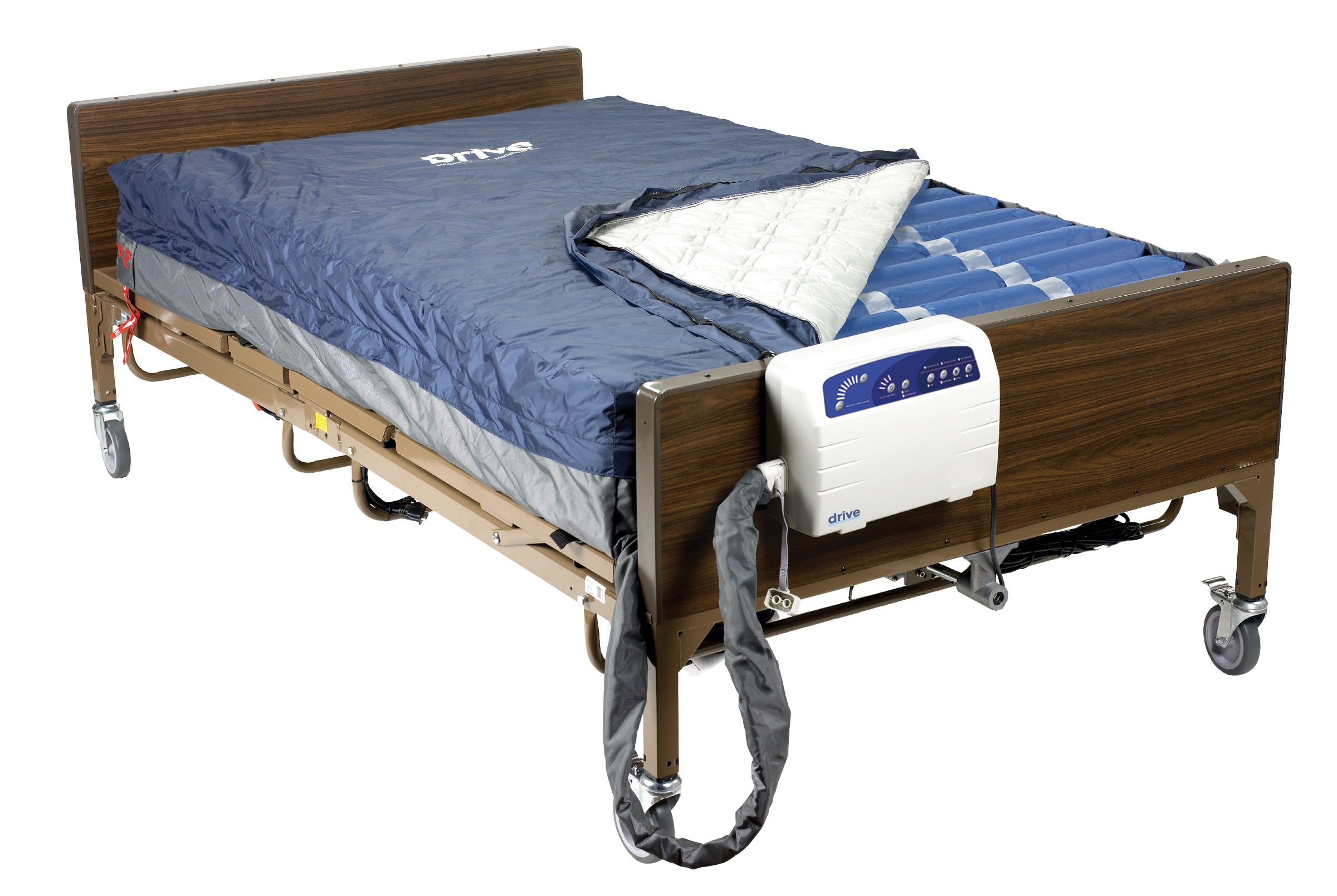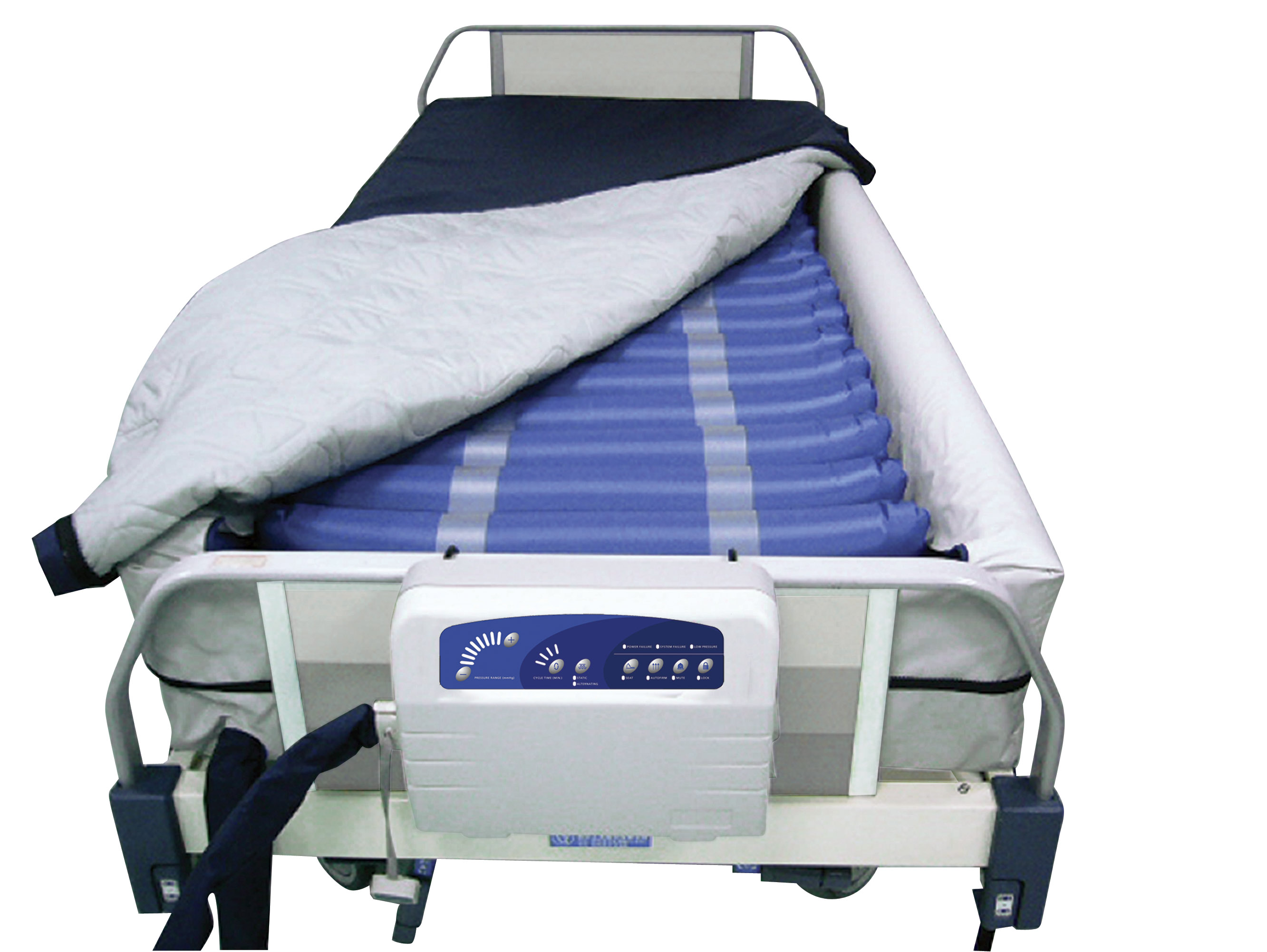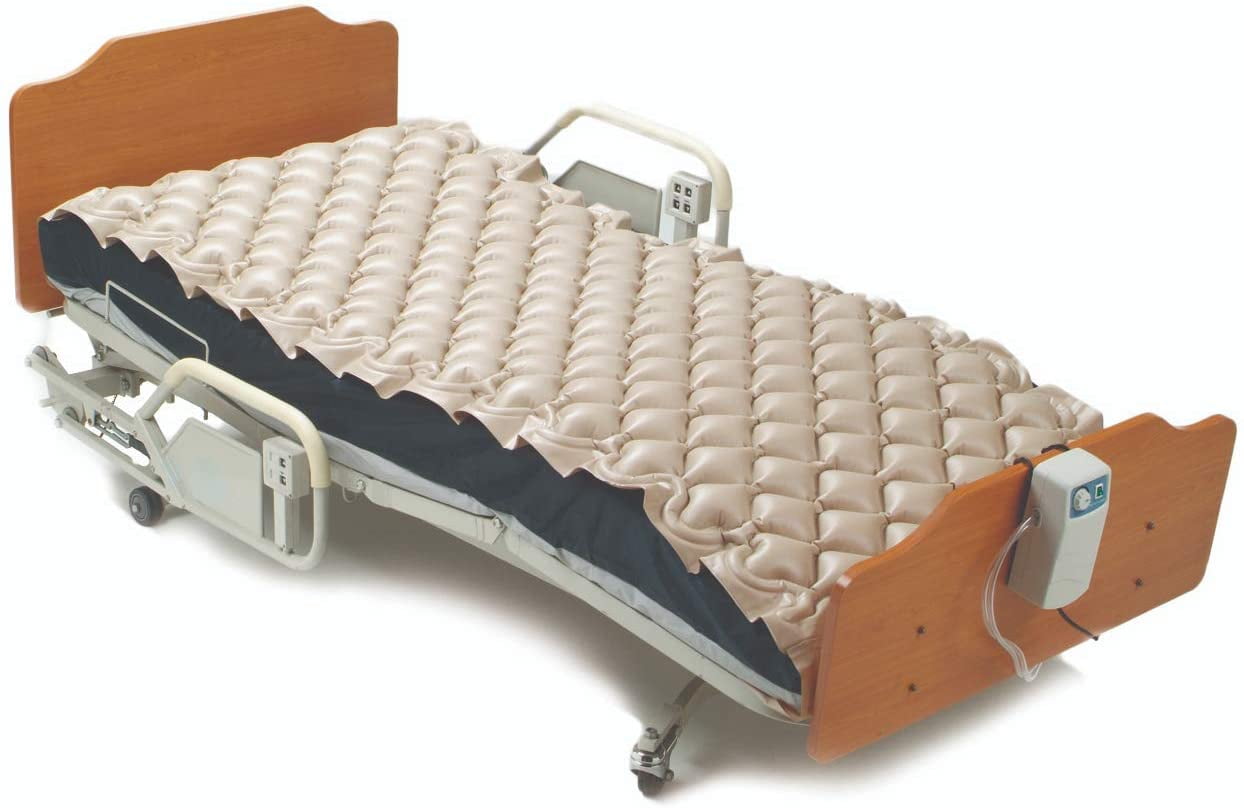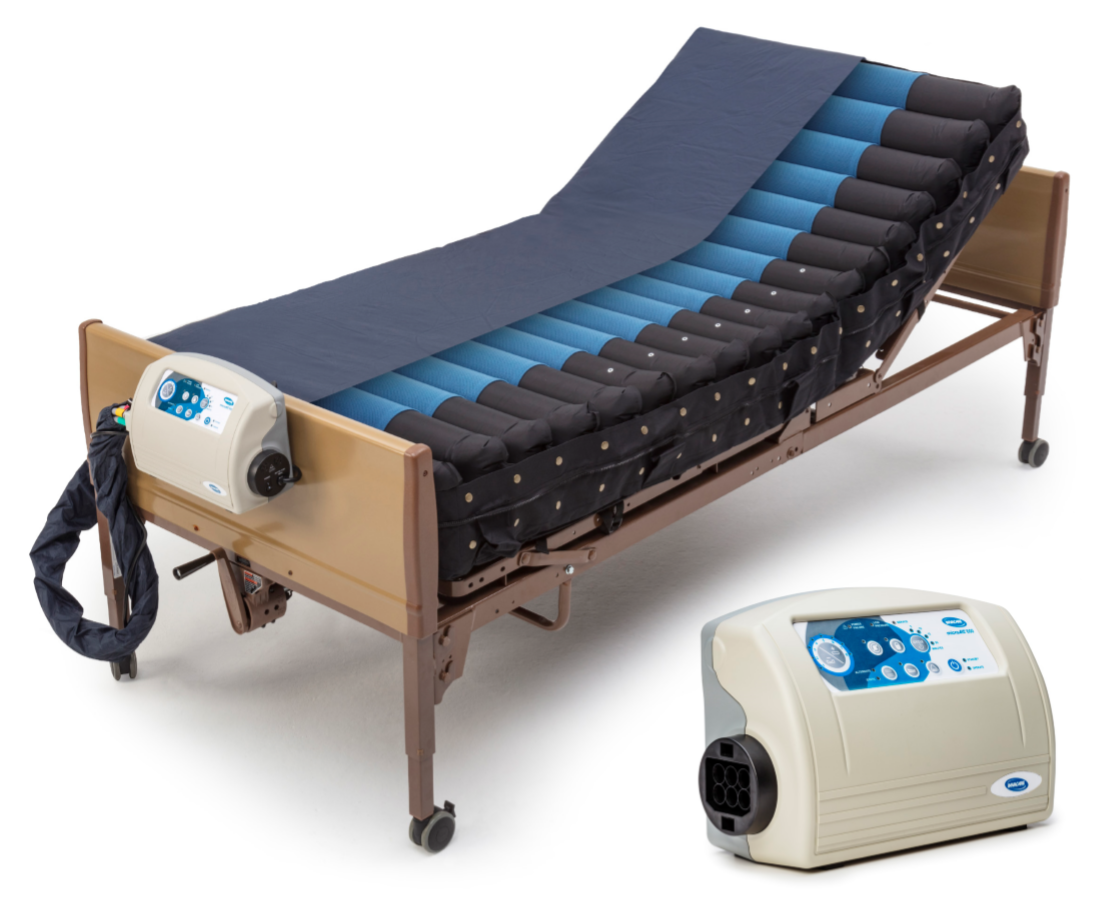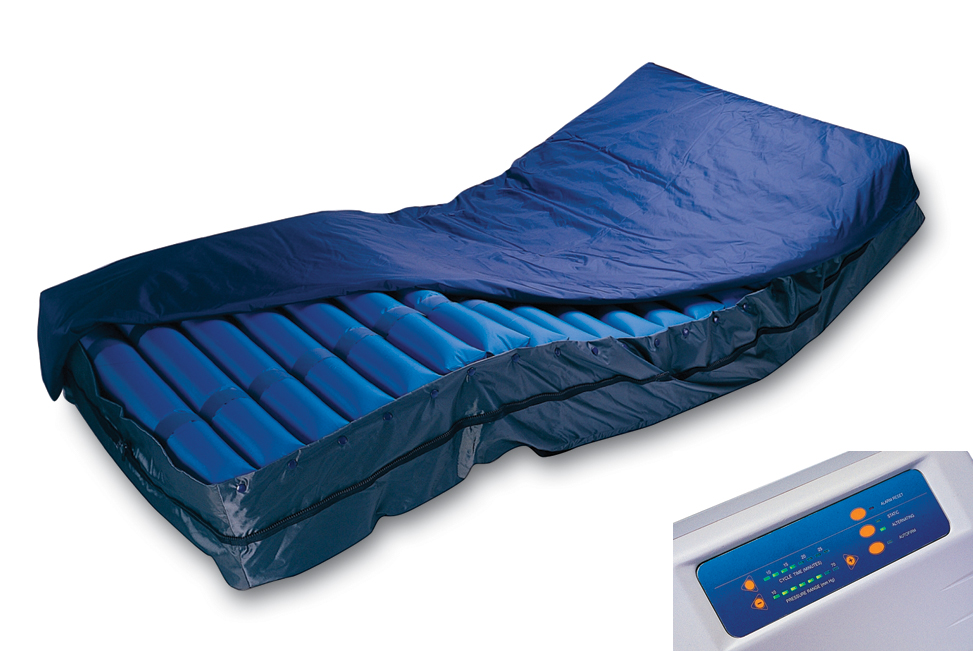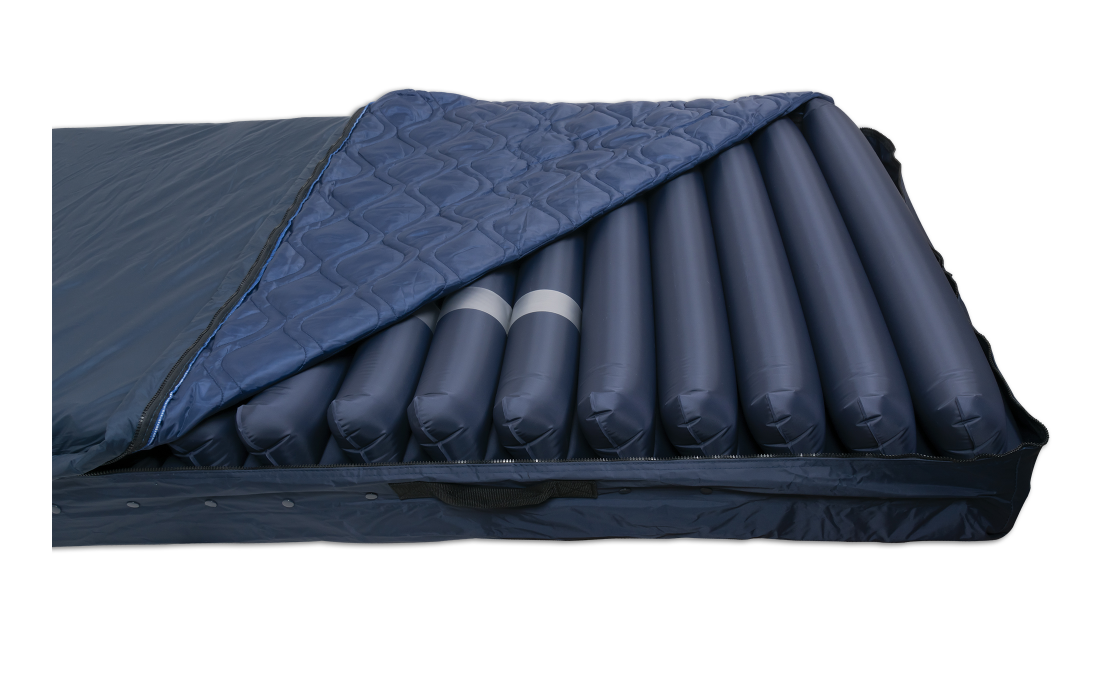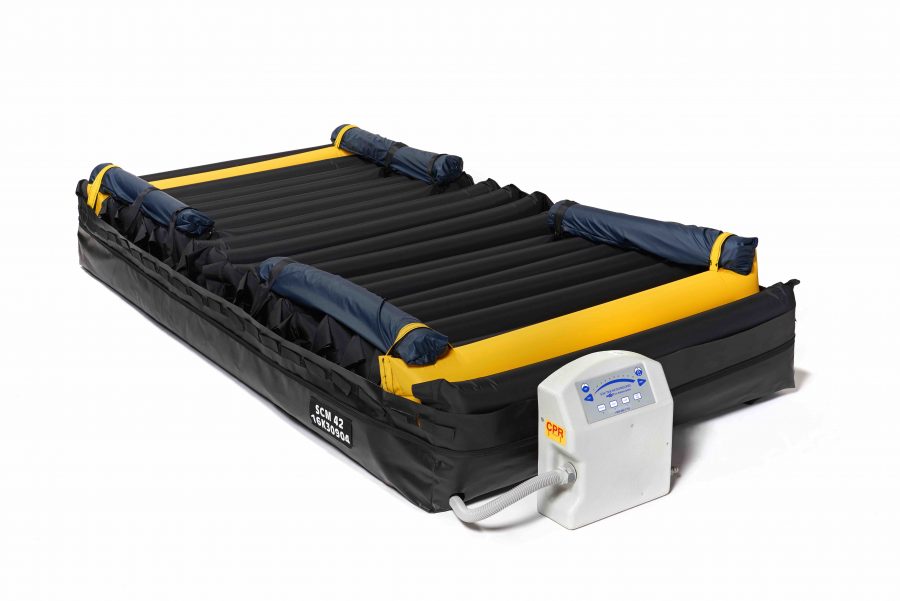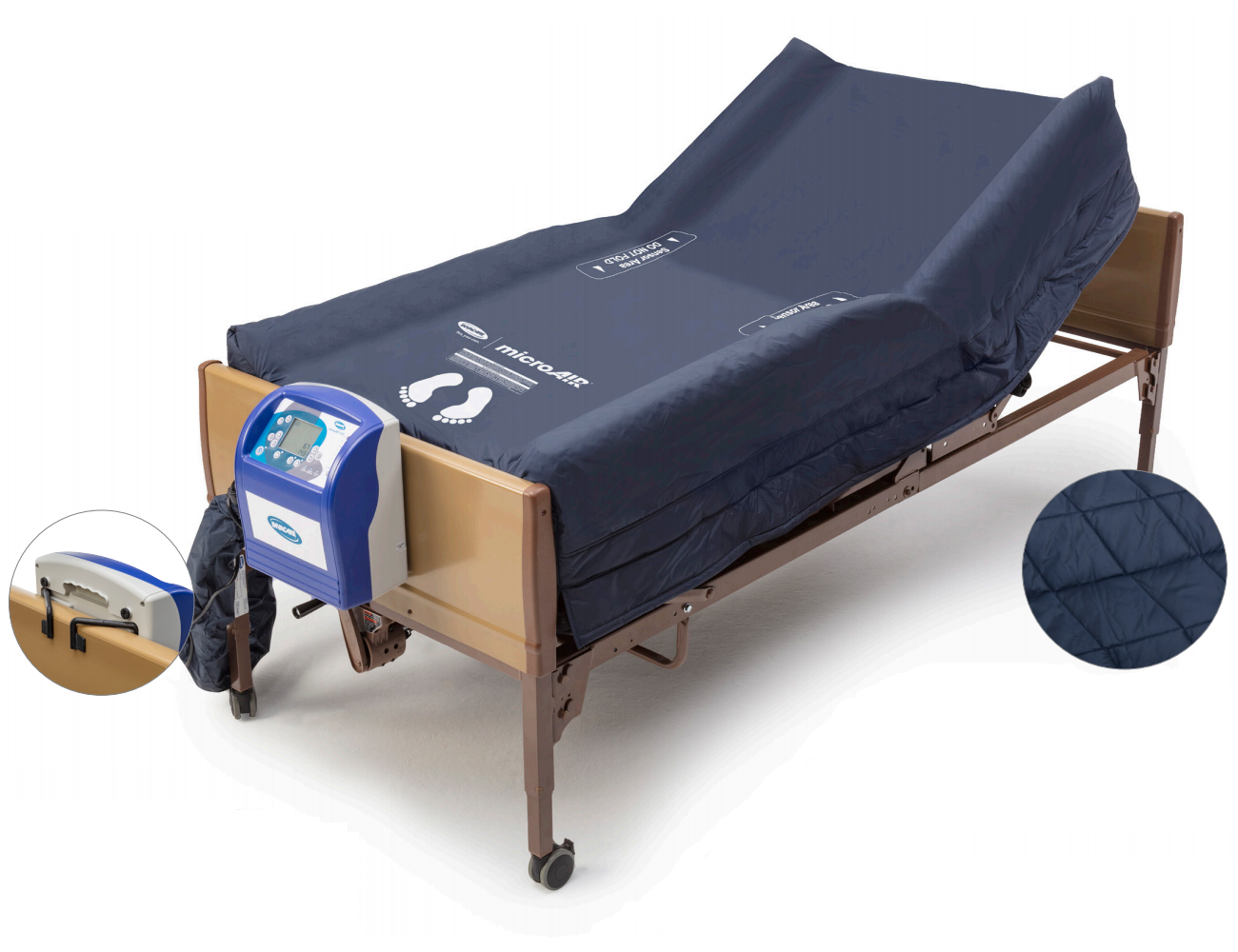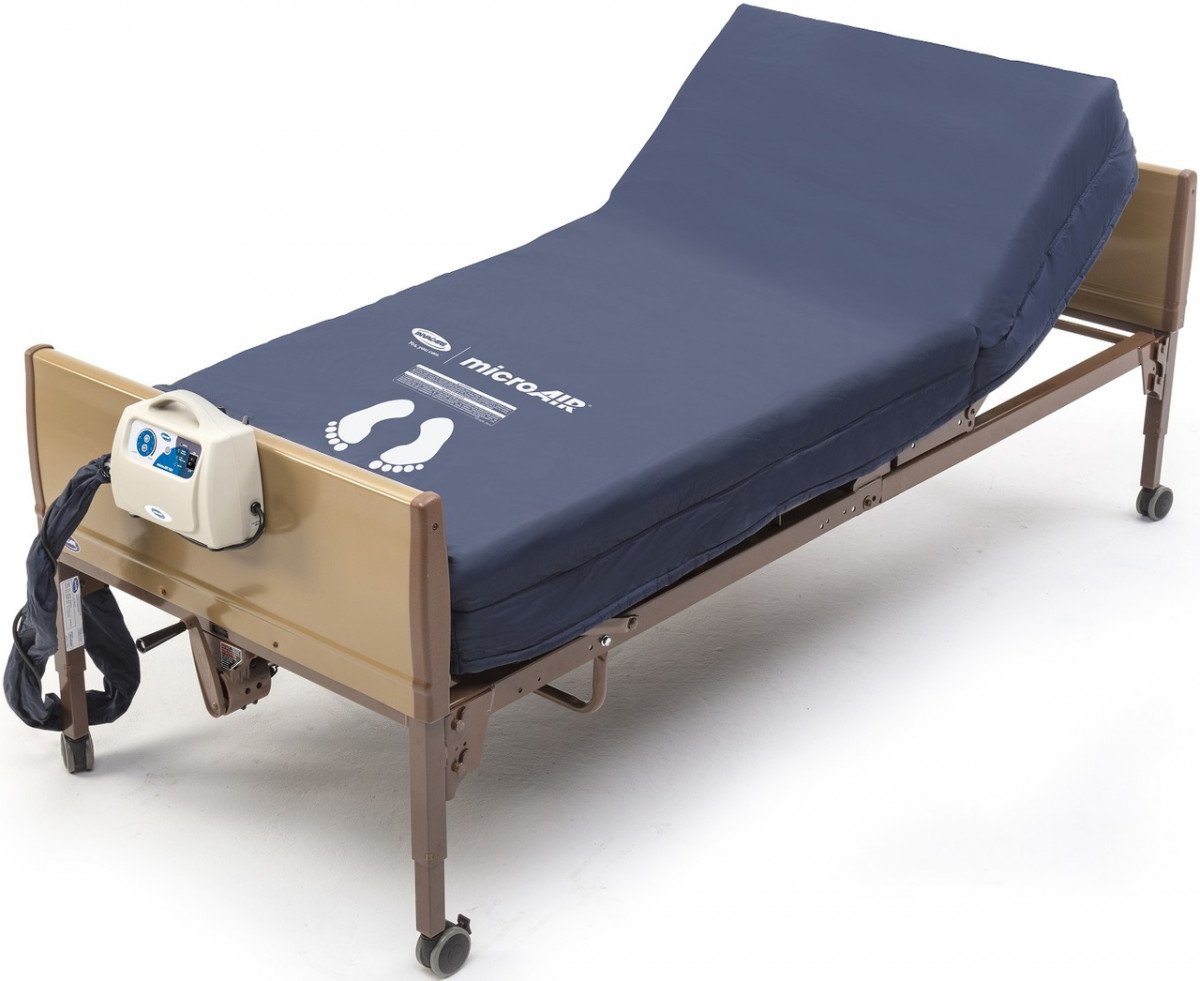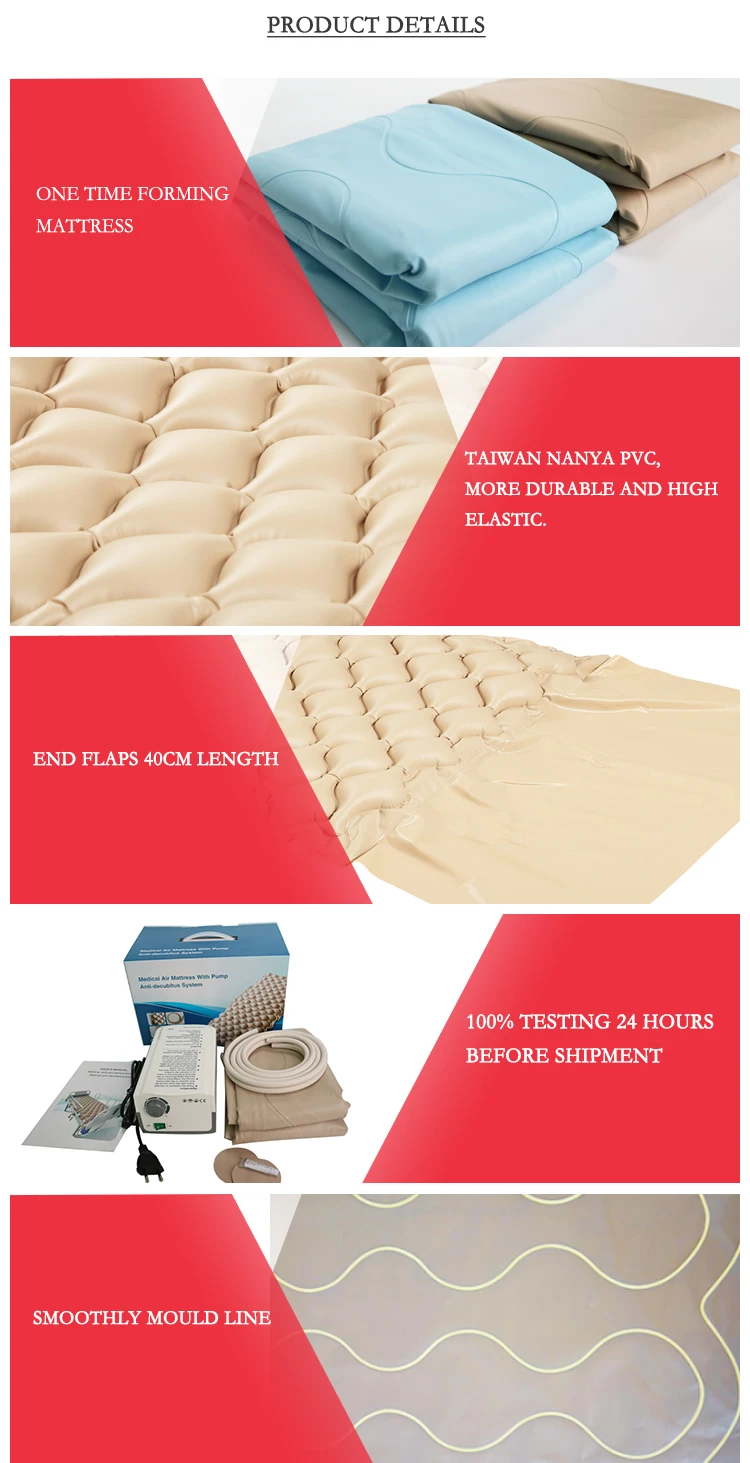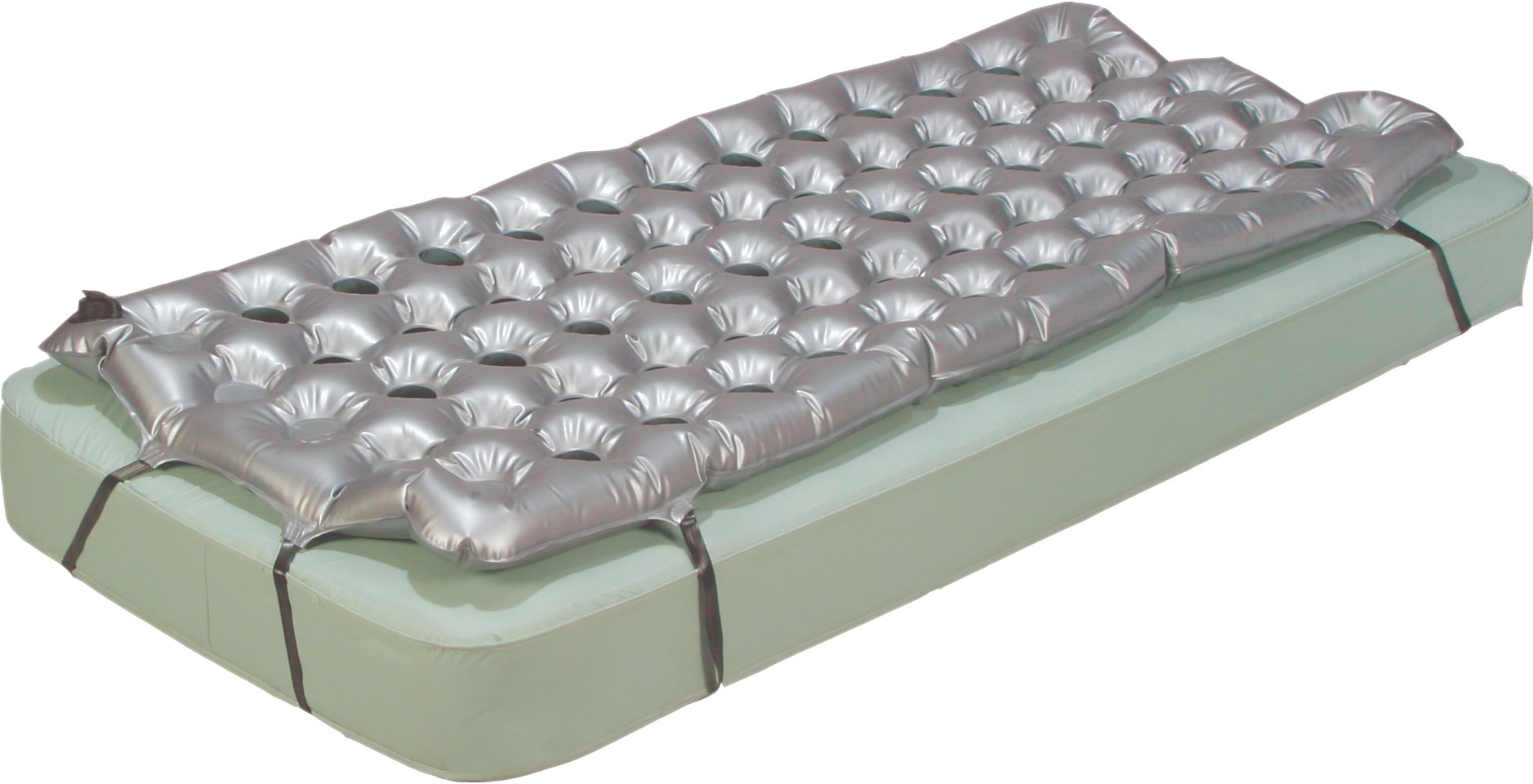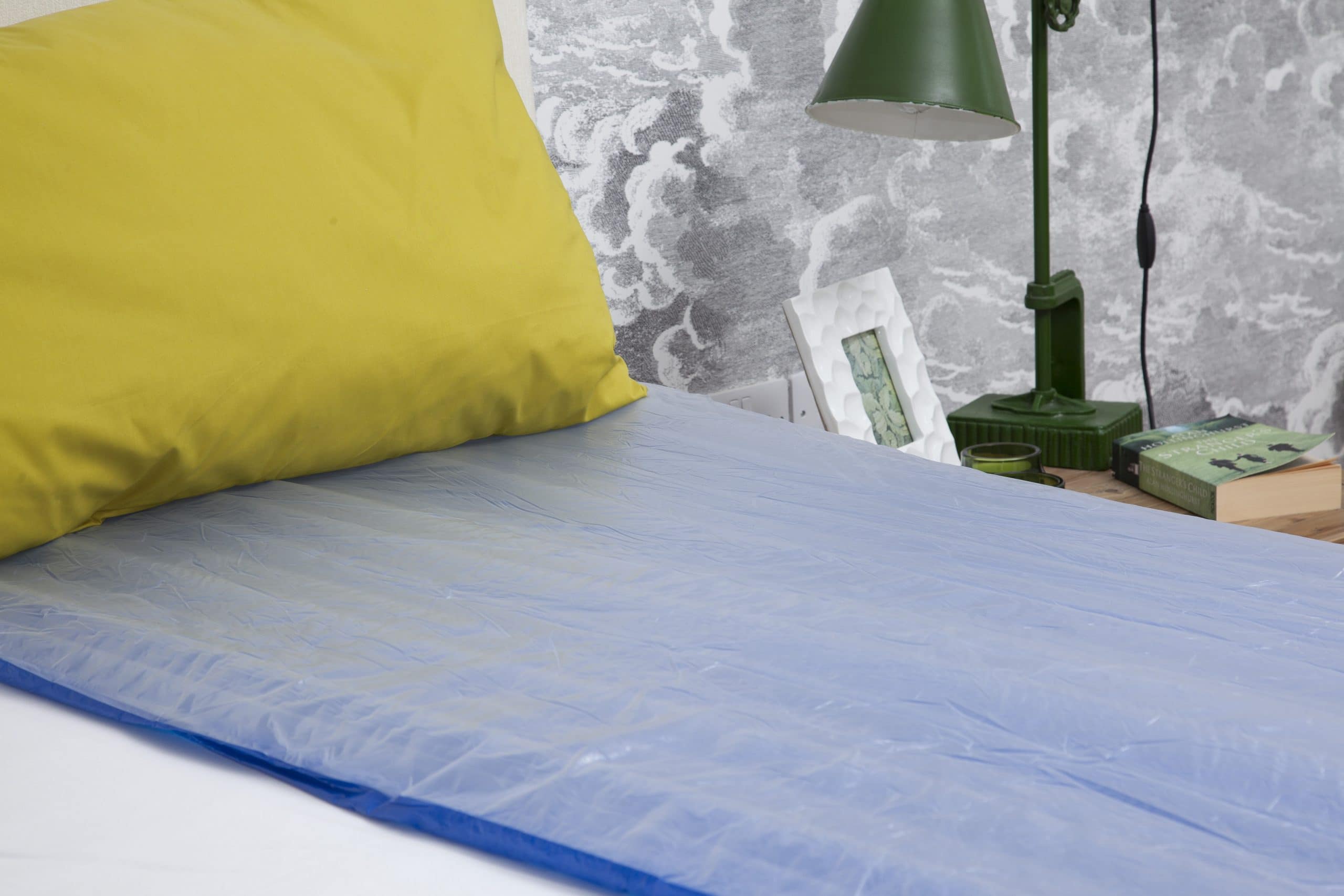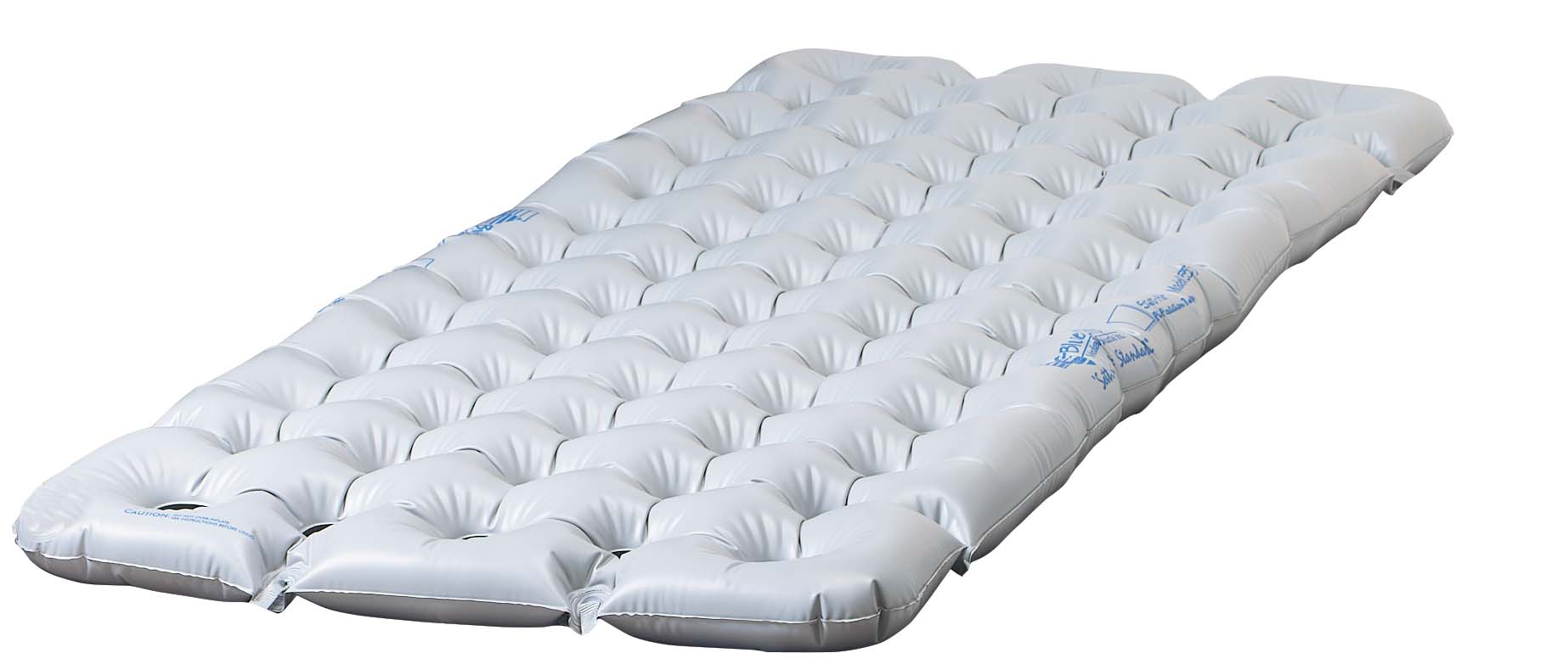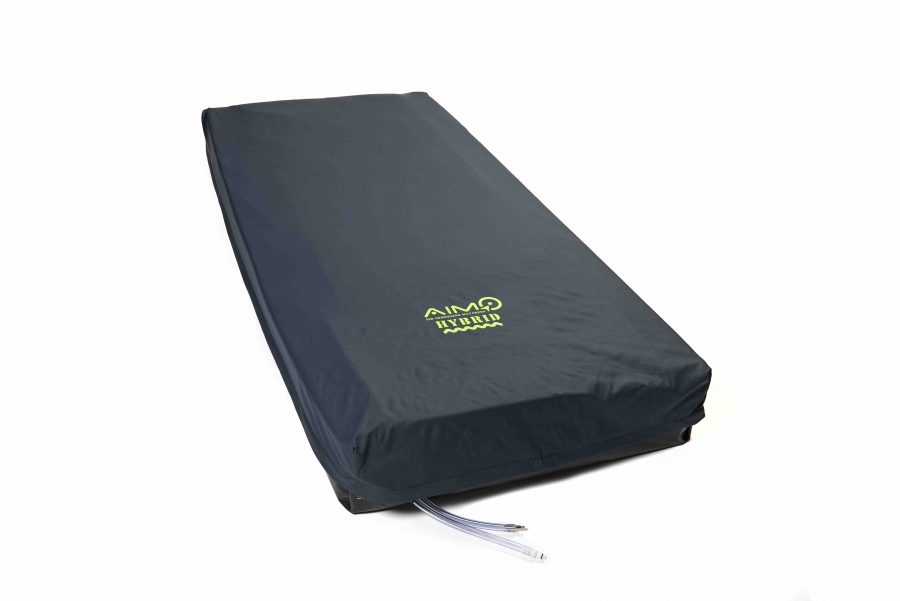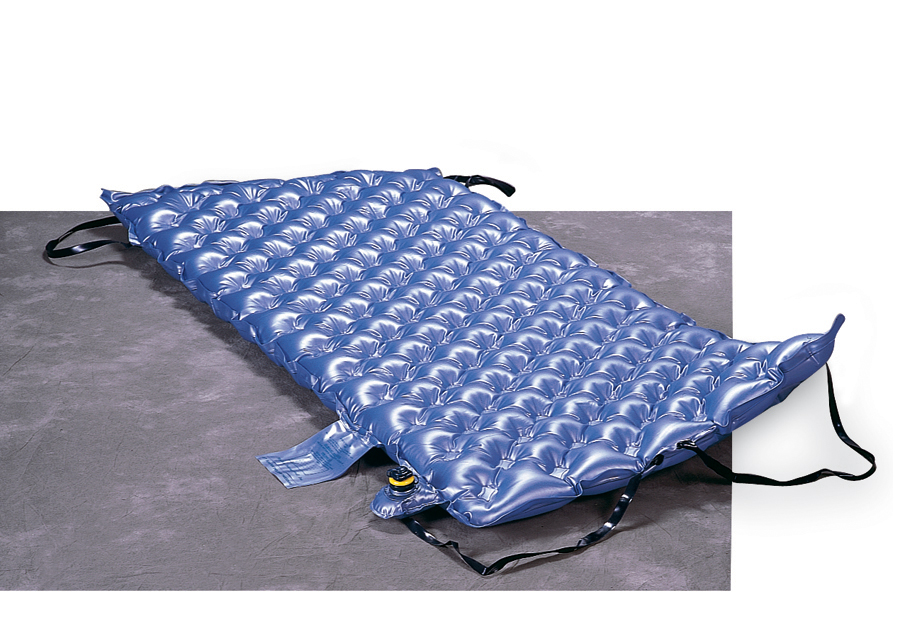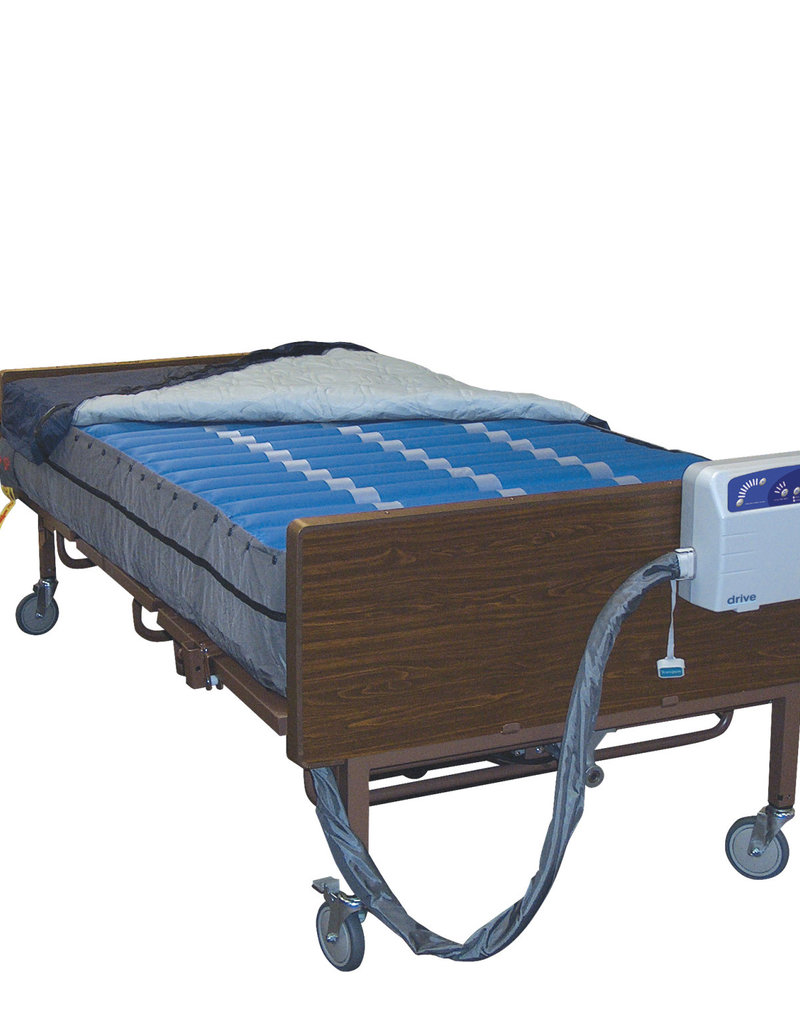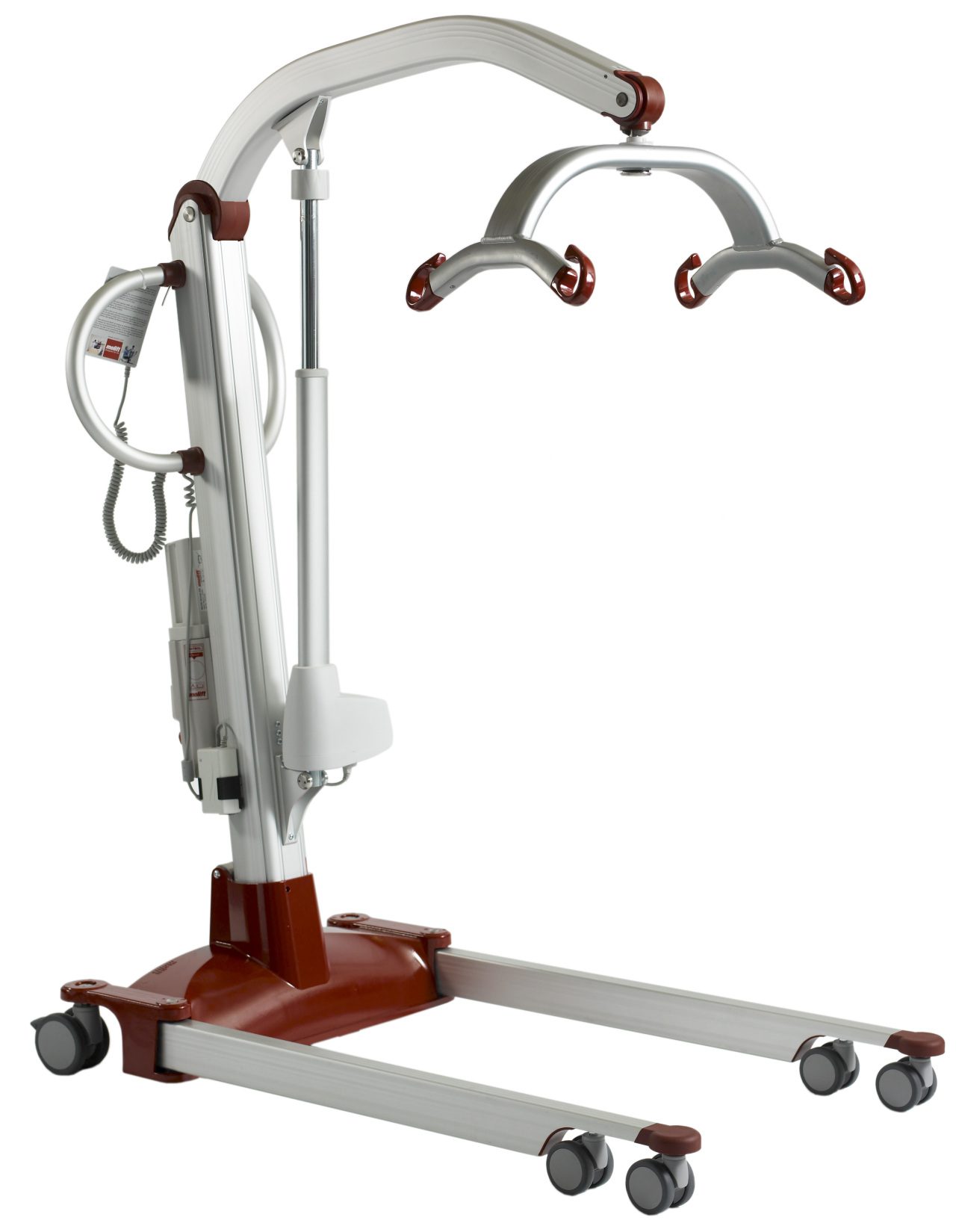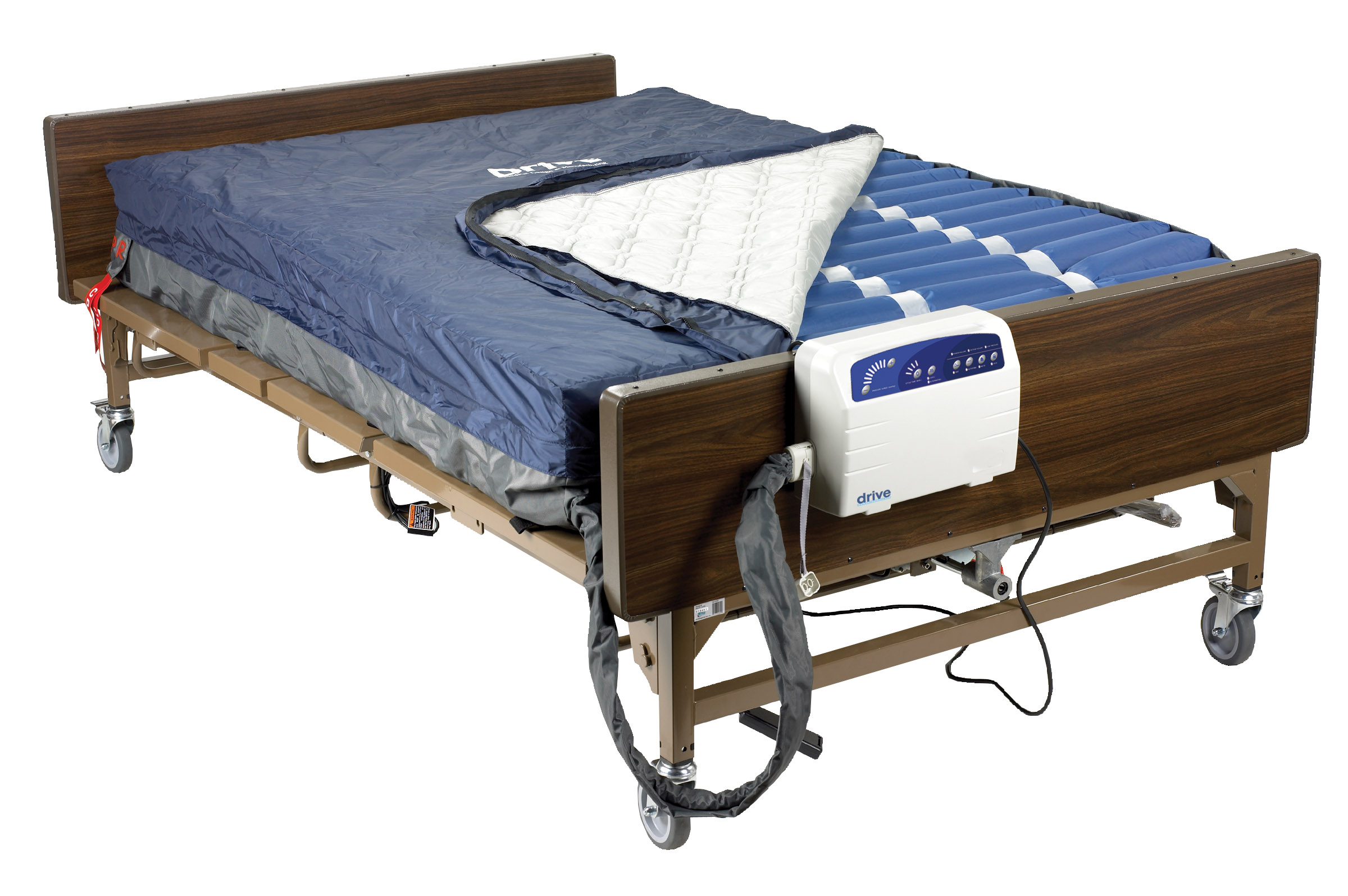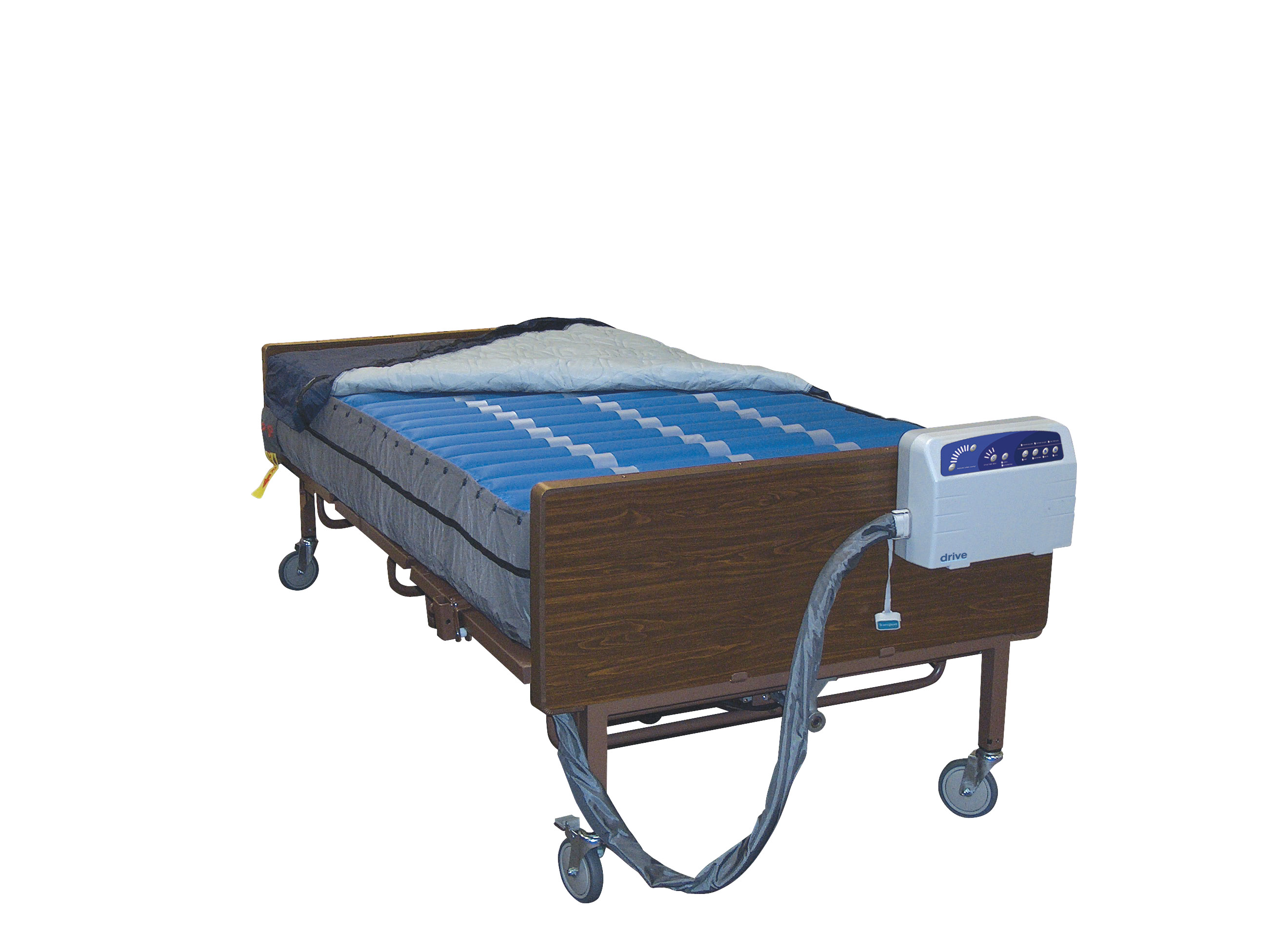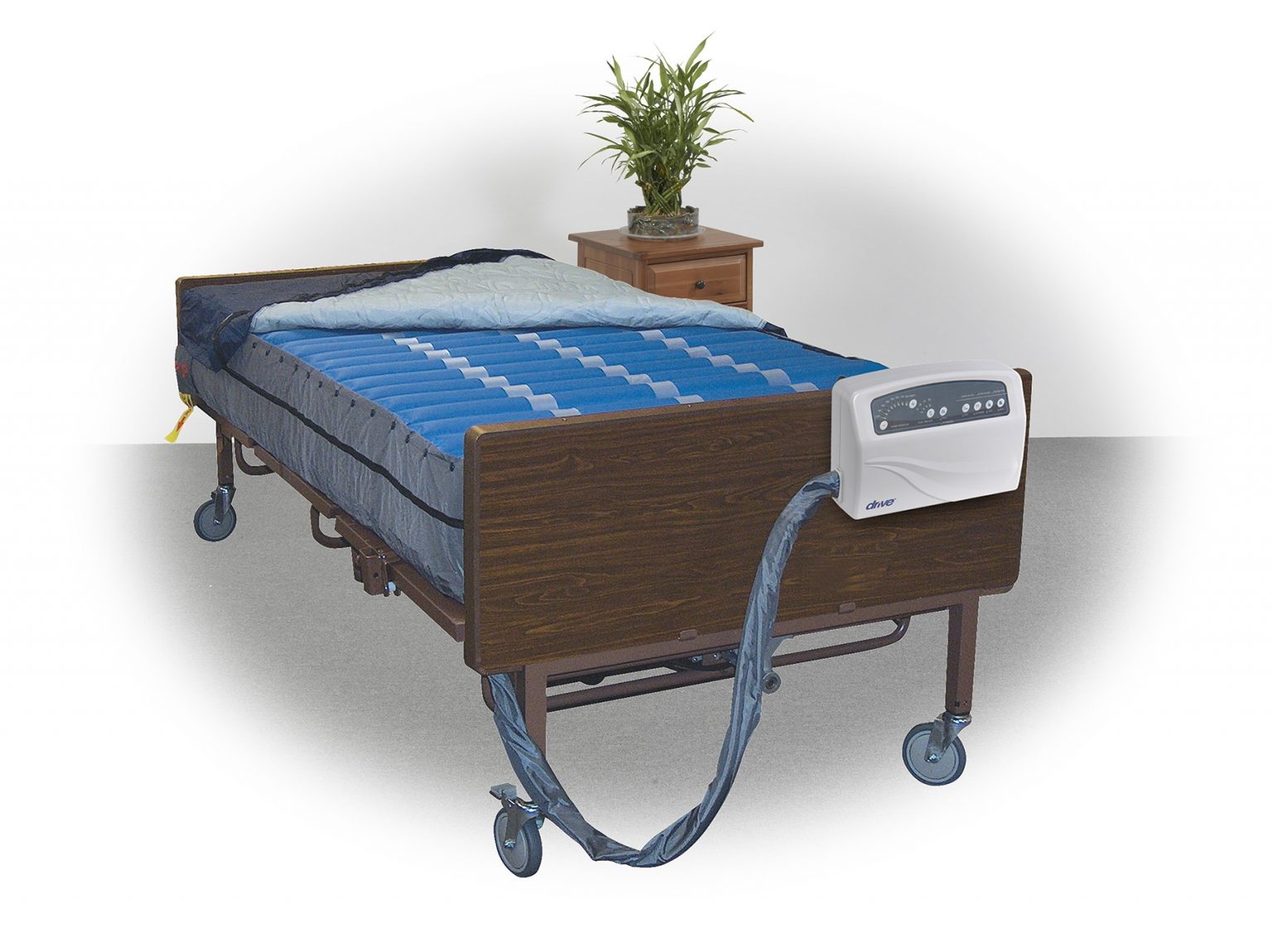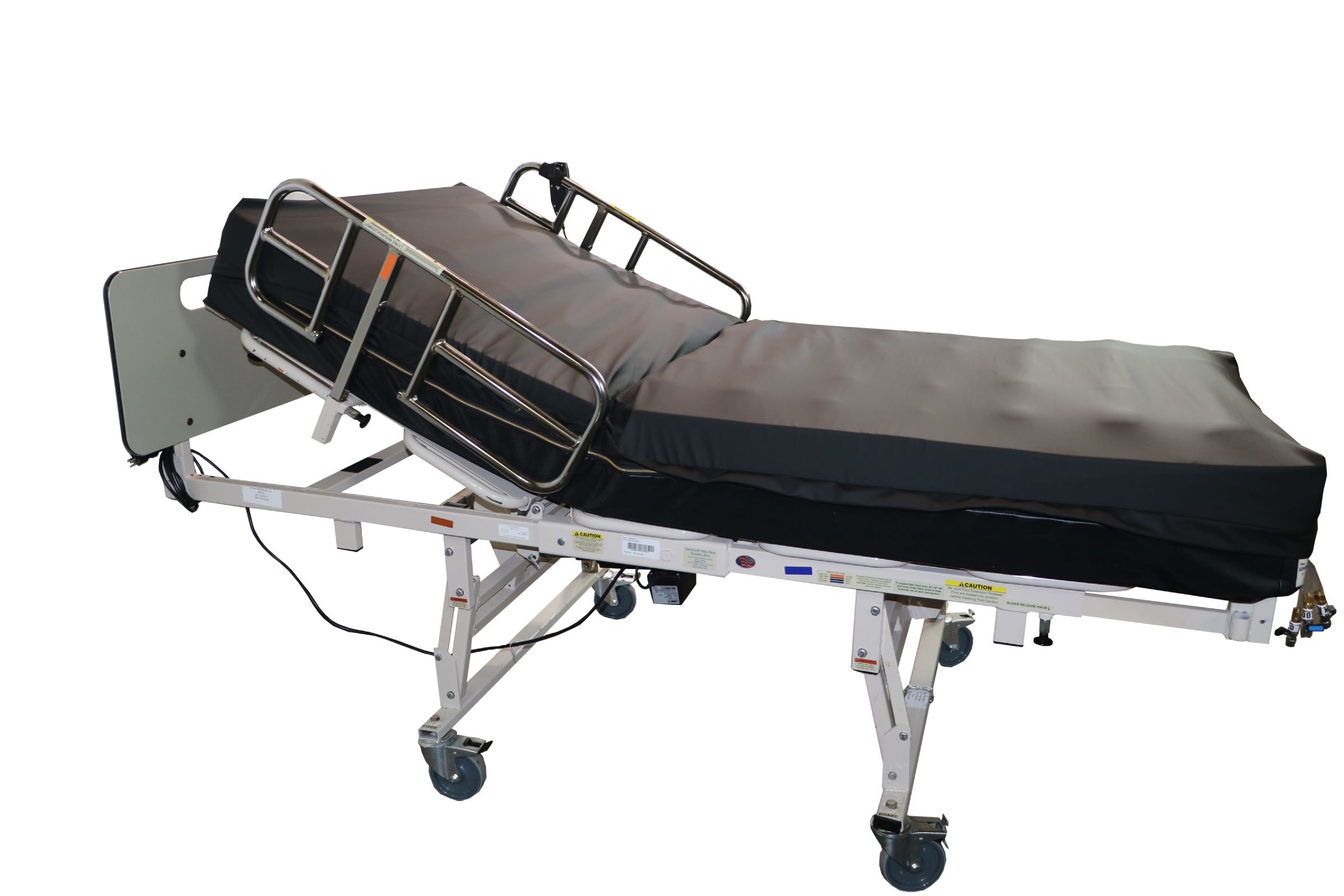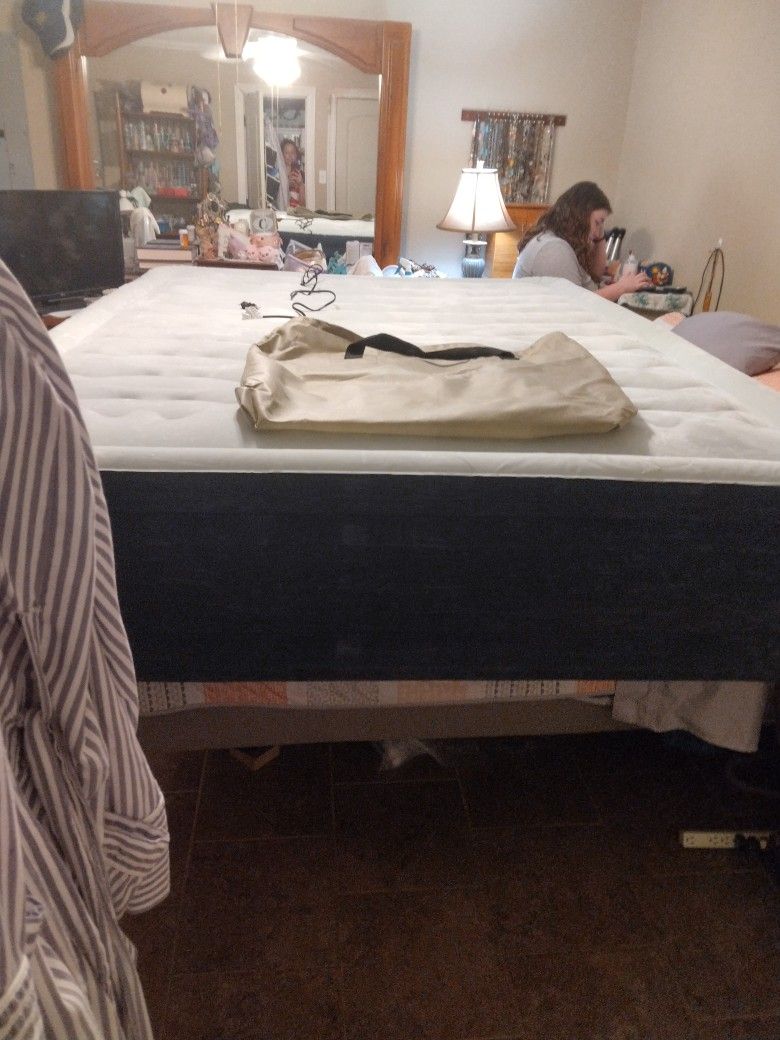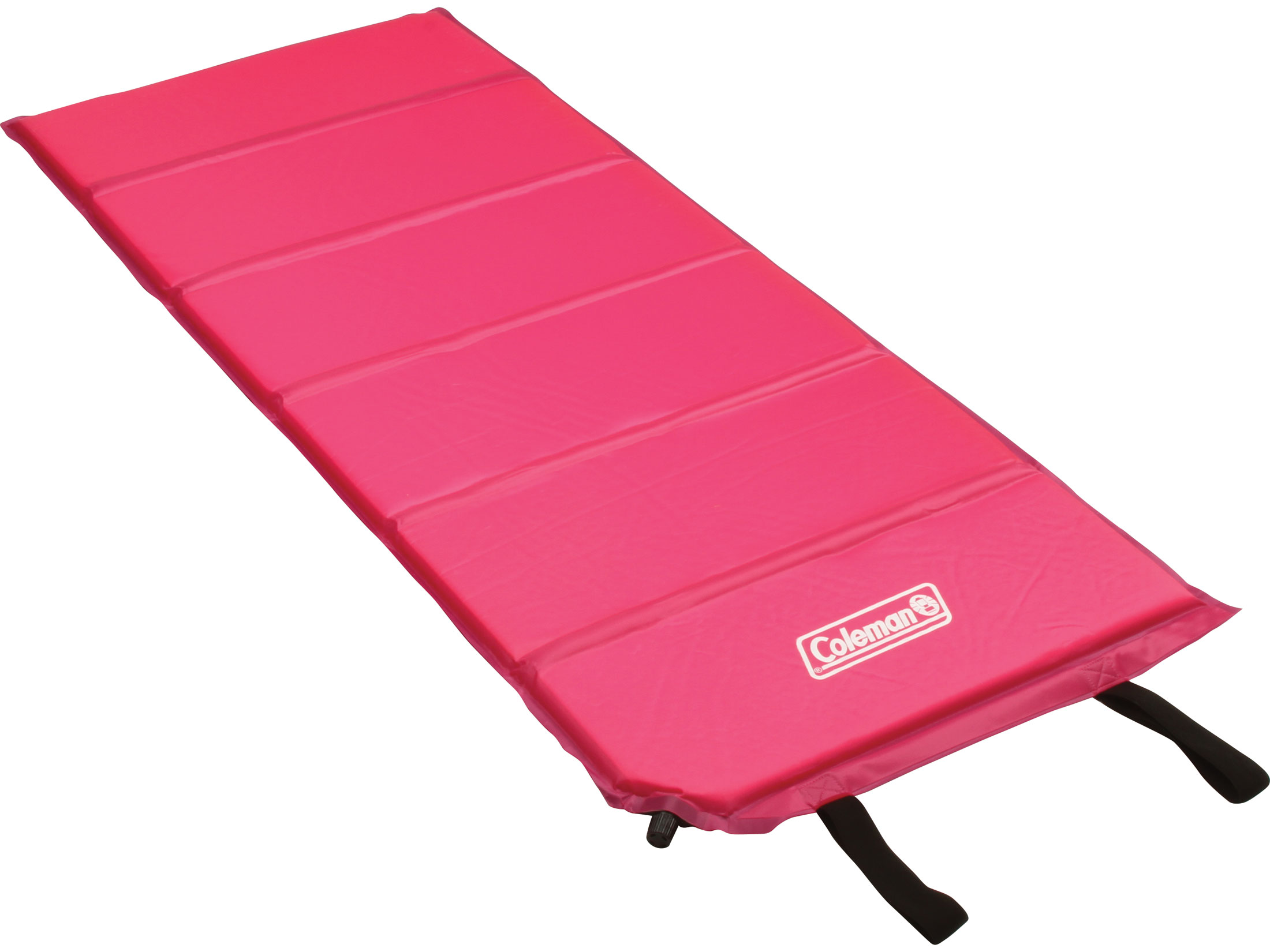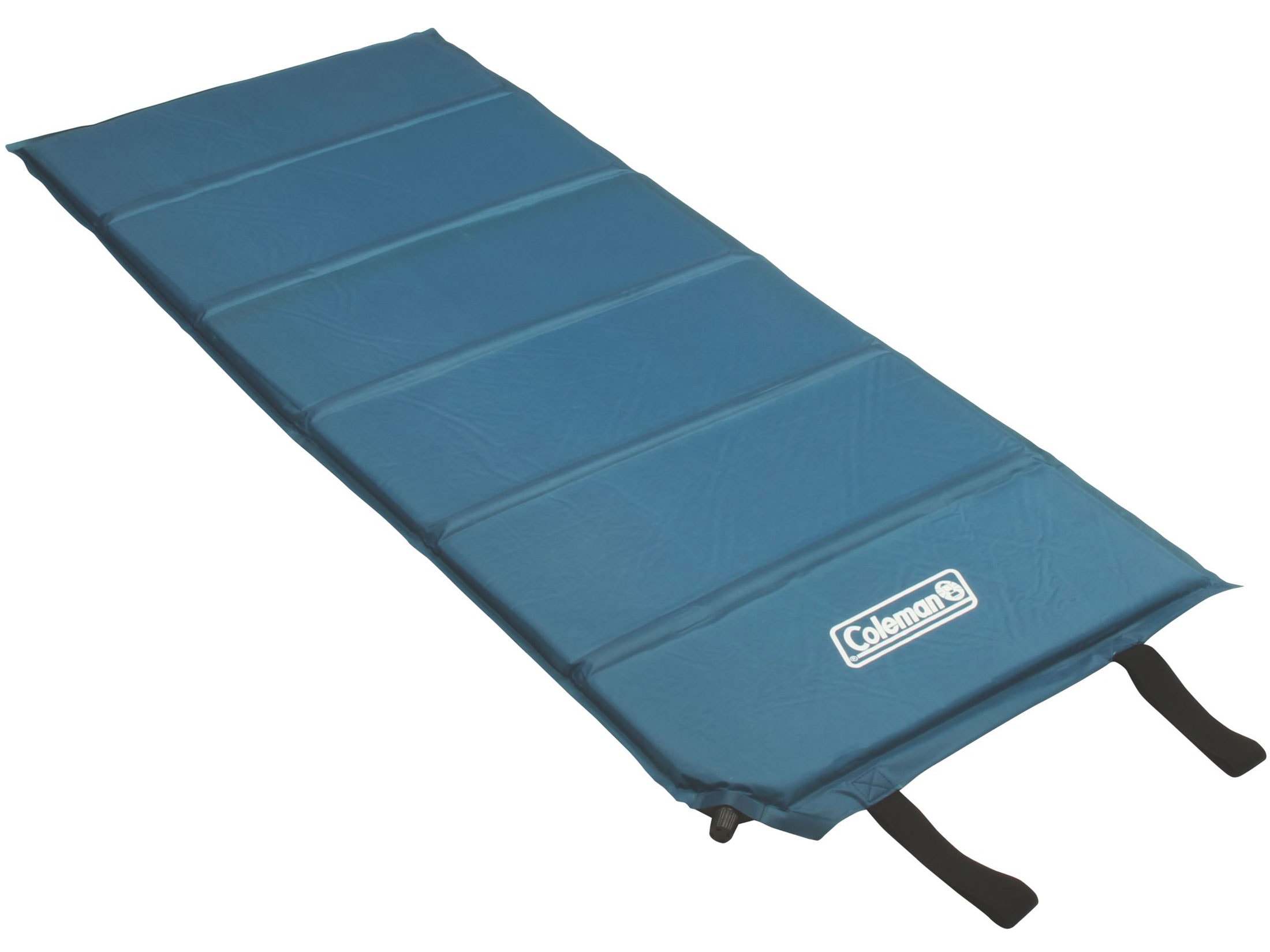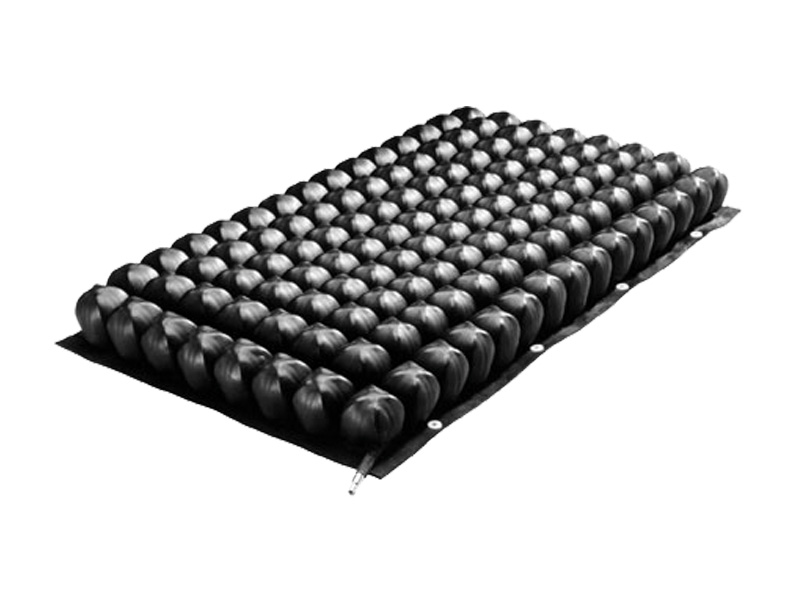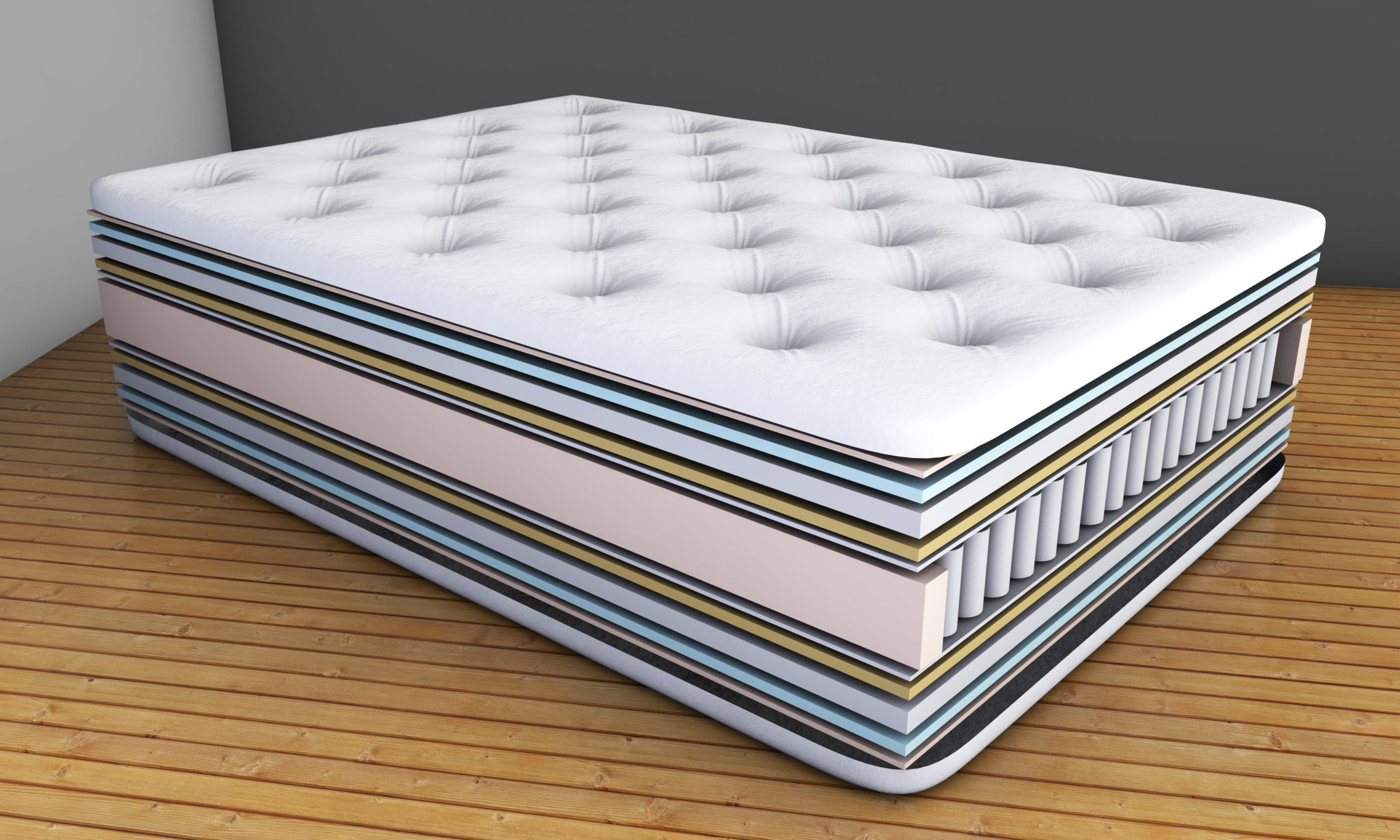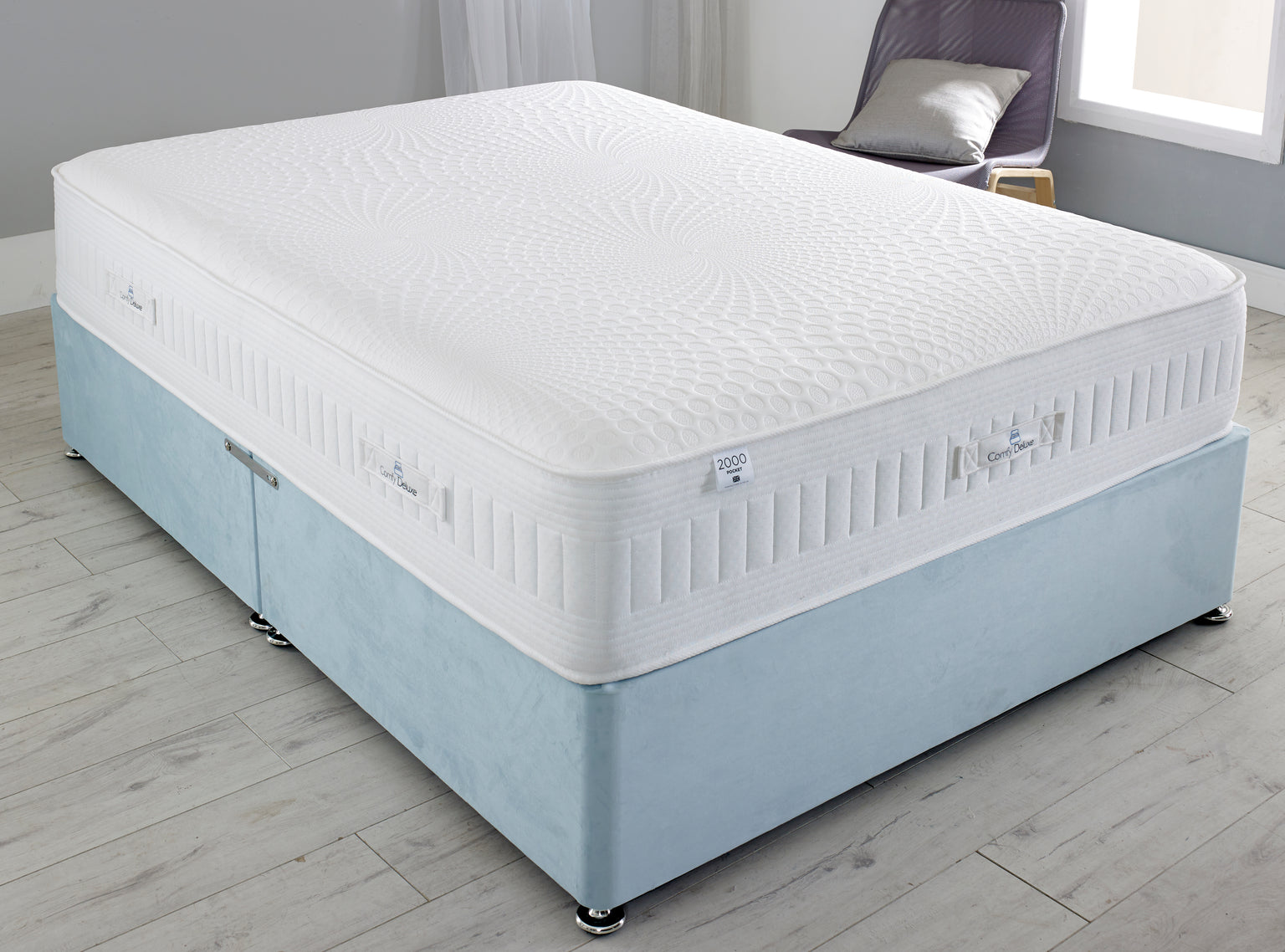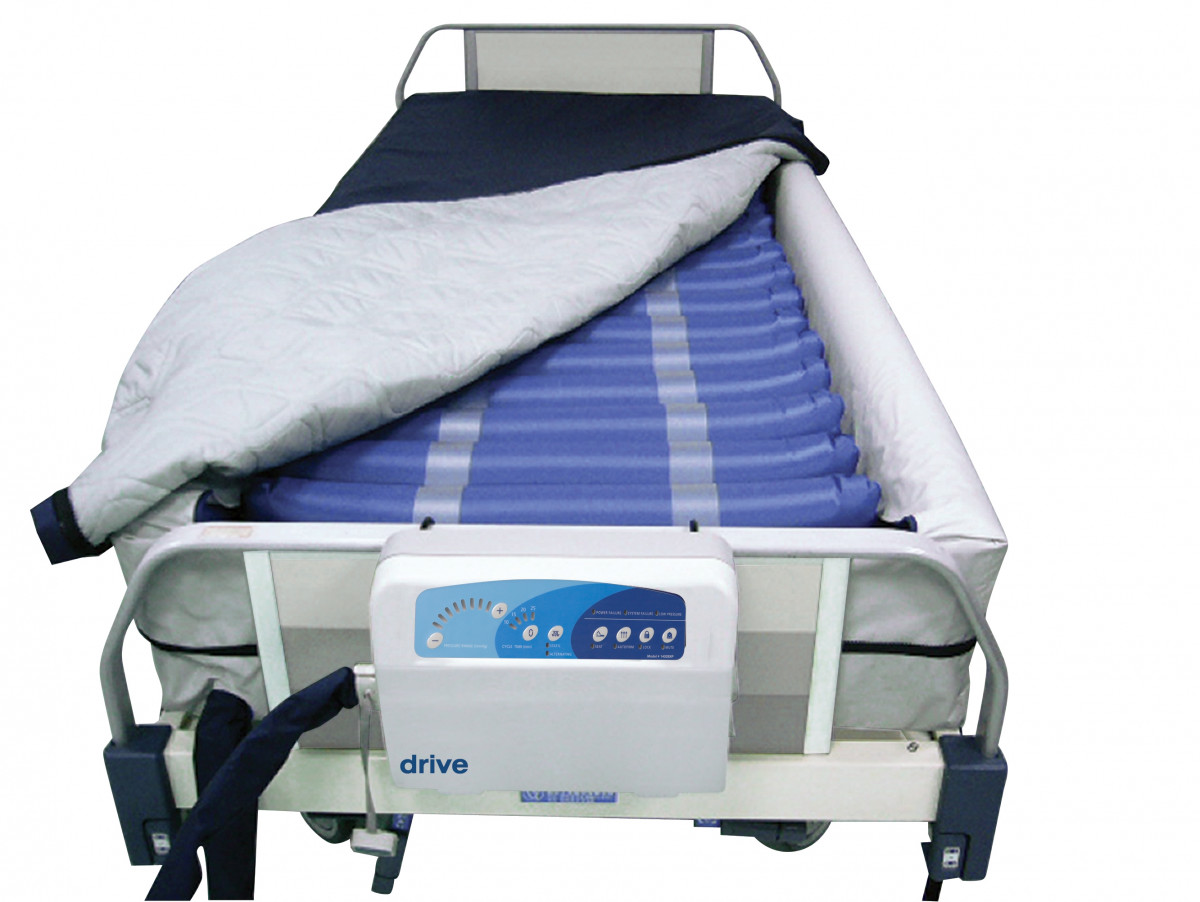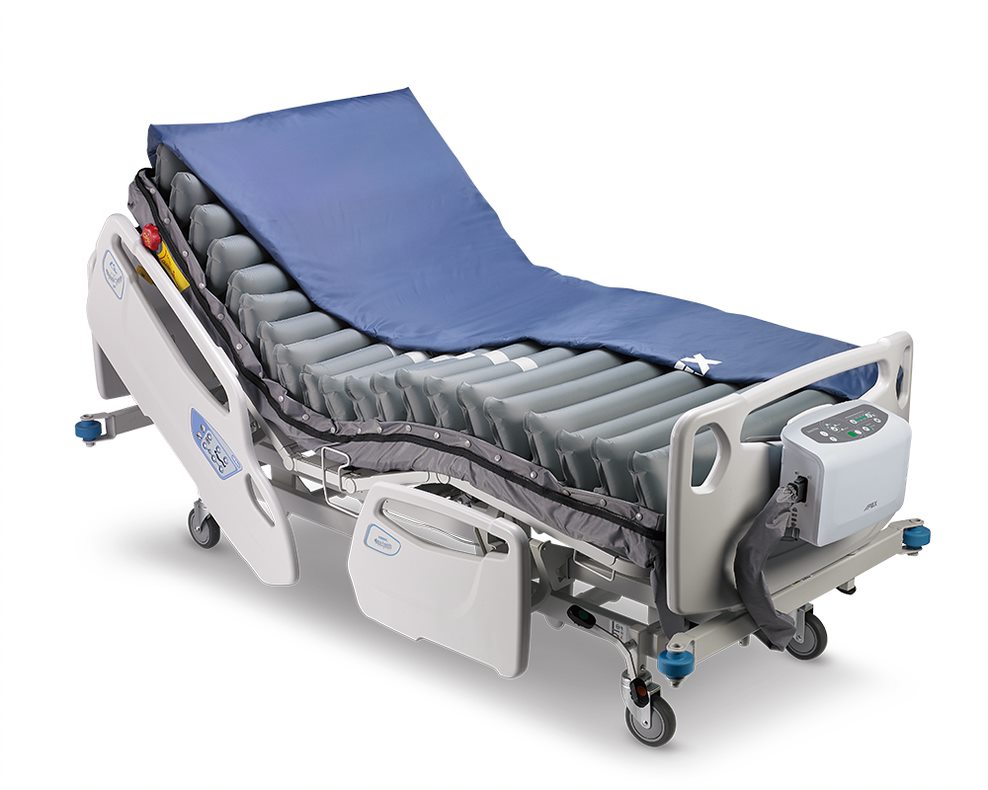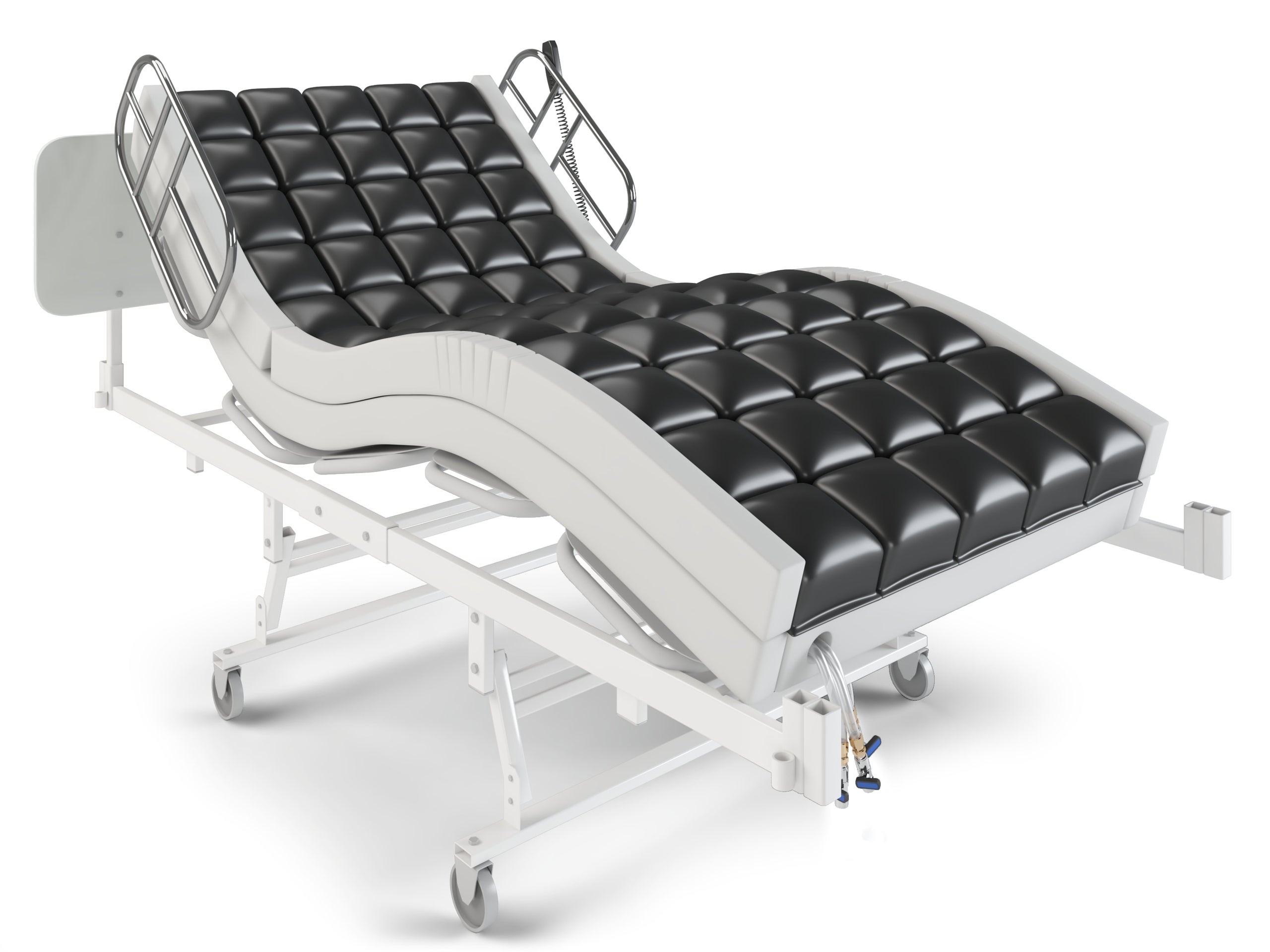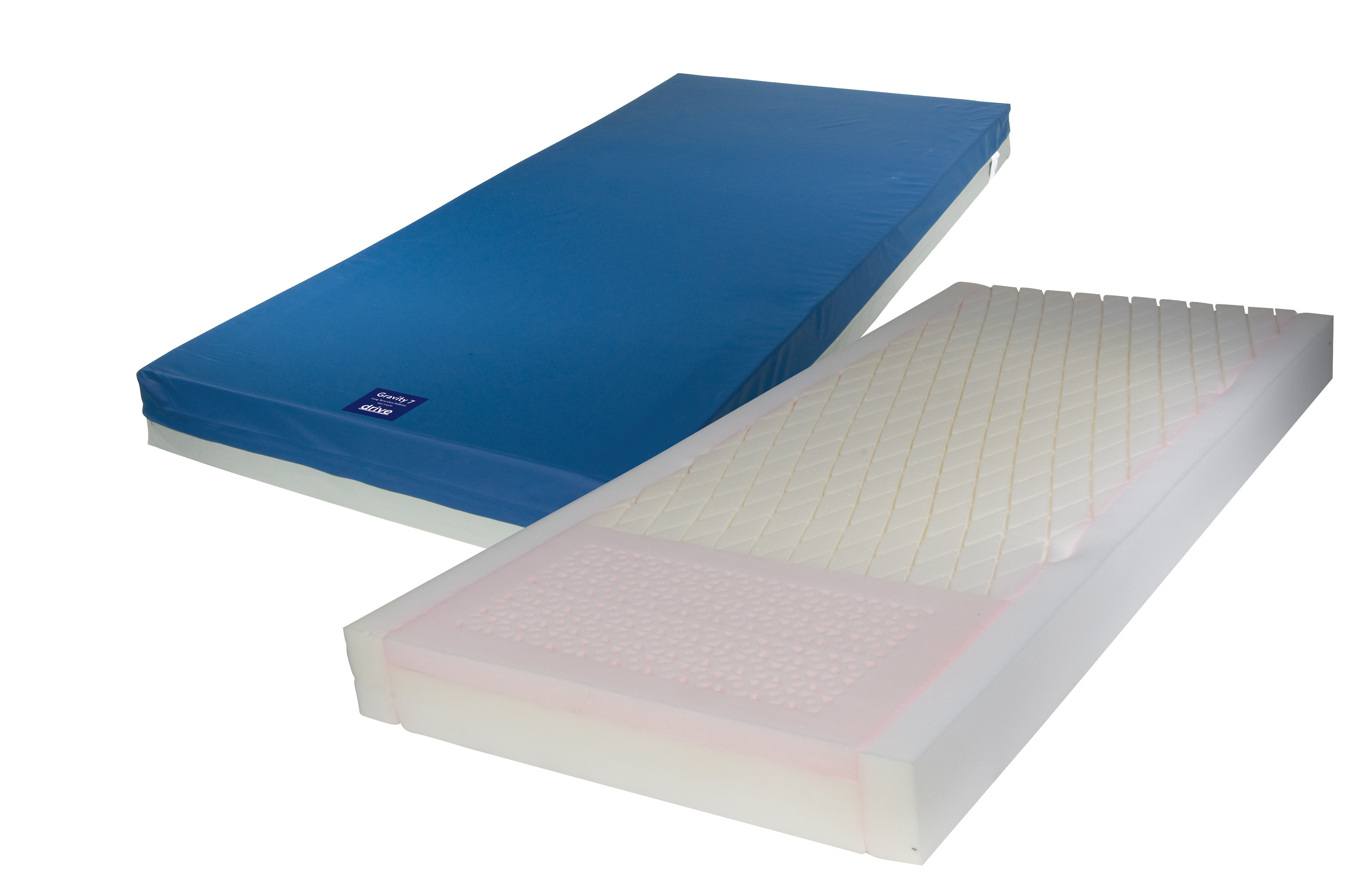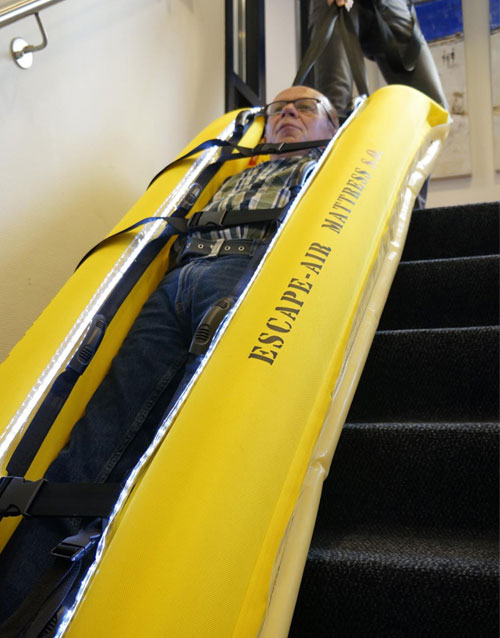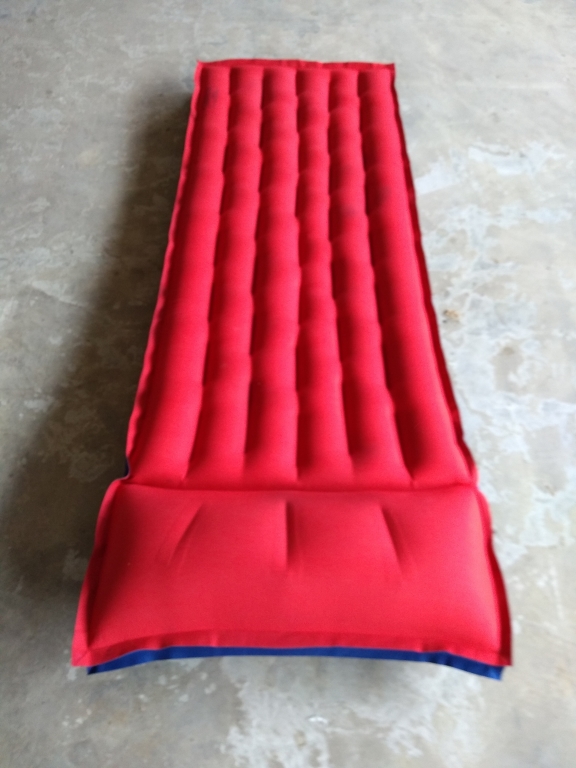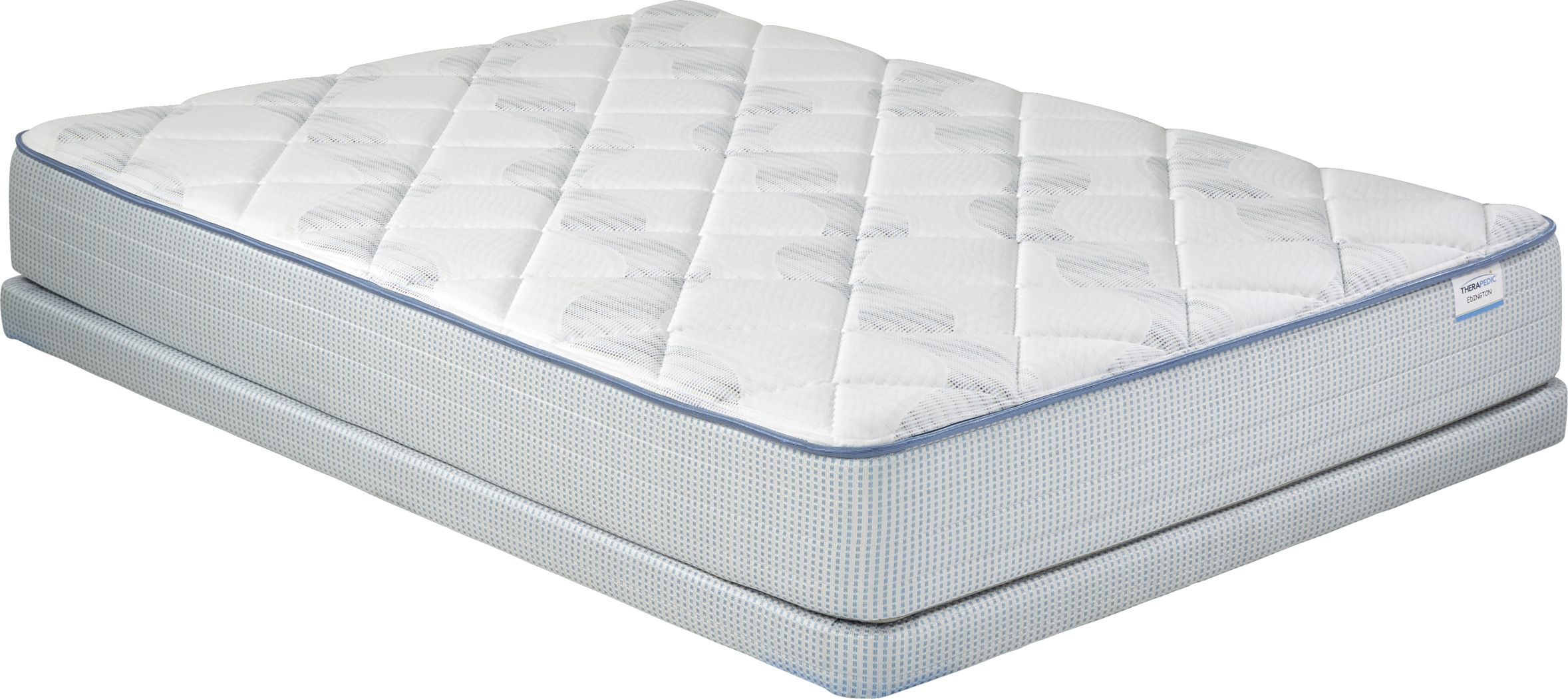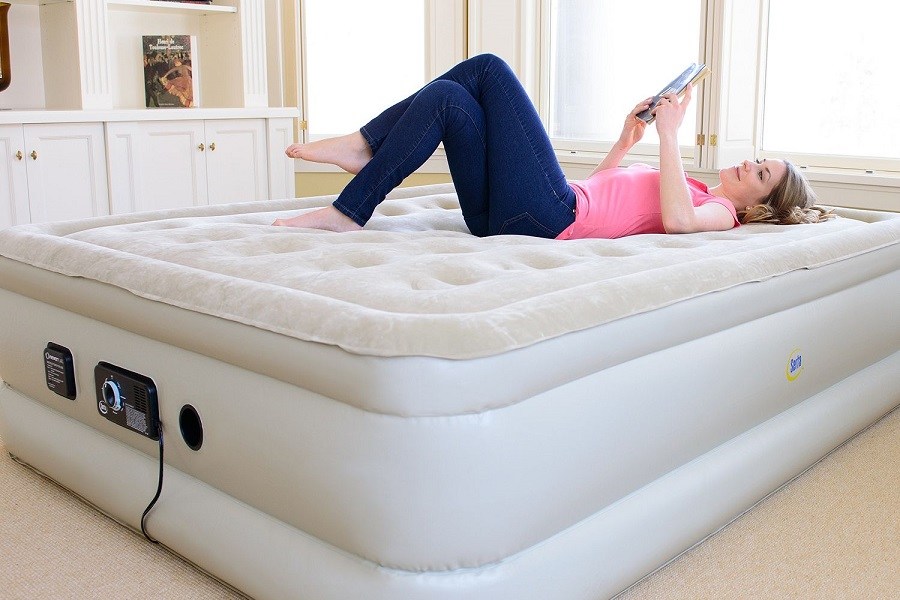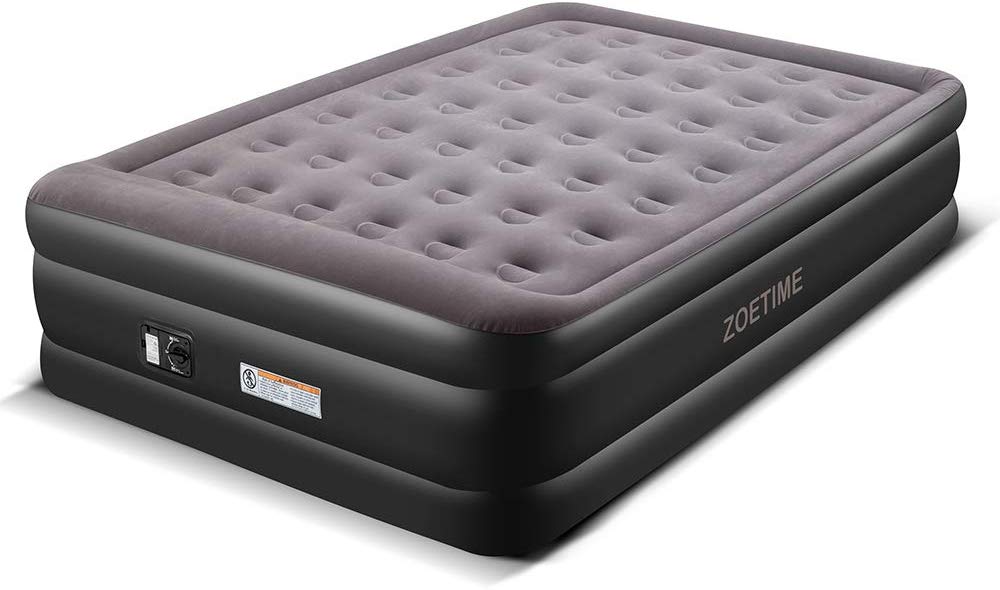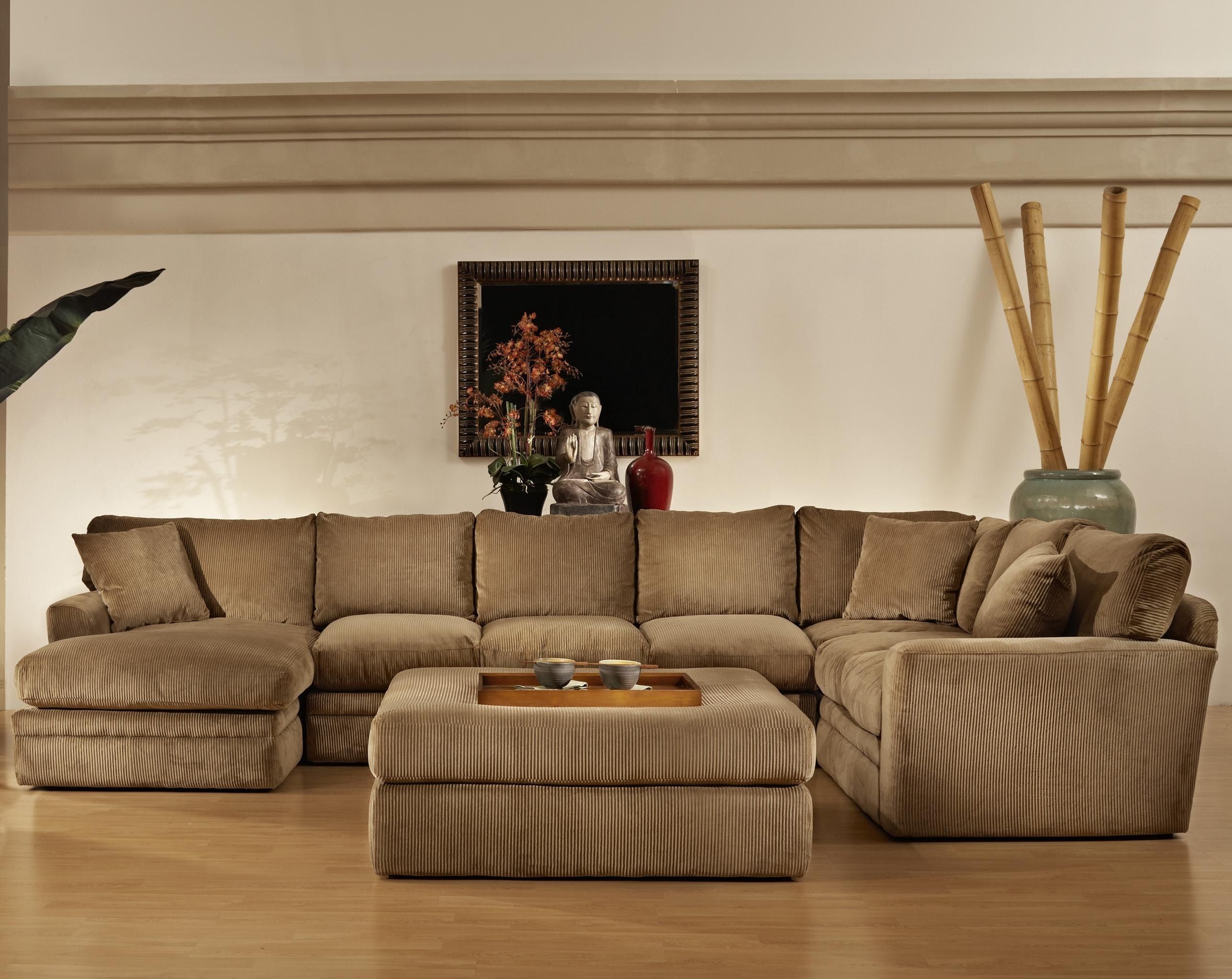An alternating pressure mattress is designed to provide pressure relief and prevent bedsores for patients who are immobile or have limited mobility. This type of hospital bed air mattress has a series of air cells that inflate and deflate in a specific pattern, creating a pulsating effect that redistributes pressure and promotes blood flow. The alternating pressure helps to relieve pressure points and reduces the risk of developing pressure ulcers.Alternating Pressure Mattress
A low air loss mattress is designed for patients who are at risk of developing pressure ulcers or who have existing pressure injuries. The mattress is made up of multiple air cells that constantly release small amounts of air, creating a cushioning effect. This helps to reduce pressure points and maintain a constant flow of air, keeping the patient cool and dry. Low air loss mattresses also have a moisture-wicking cover to prevent skin breakdown and promote healing.Low Air Loss Mattress
Unlike the alternating pressure and low air loss mattresses, a static air mattress does not have moving parts. It is made up of a series of air cells that are evenly distributed throughout the mattress. This type of mattress provides a constant level of support and pressure redistribution, making it suitable for patients who require a more stable surface. Static air mattresses are also more affordable compared to other types and are less likely to break down or malfunction.Static Air Mattress
Bariatric air mattresses are designed for patients who are overweight or obese and require specialized support. These mattresses have a higher weight capacity and are wider and longer than standard air mattresses. They also have a reinforced design to prevent sagging and provide better support for heavier patients. Bariatric air mattresses are essential for preventing pressure injuries and promoting comfort and proper positioning for larger patients.Bariatric Air Mattress
A self-inflating air mattress is a type of non-powered air mattress that inflates automatically when the patient lies on it. The mattress has a built-in pump that senses the patient's weight and adjusts the air pressure accordingly. This type of mattress is convenient and easy to use as it does not require any manual inflation or adjustment. Self-inflating air mattresses are also ideal for patients with limited mobility who are unable to adjust the air pressure themselves.Self-Inflating Air Mattress
Non-powered air mattresses do not require electricity or a pump to operate. They are made up of multiple air cells that can be manually inflated or deflated using a hand pump or foot pump. Non-powered air mattresses are a more affordable option for patients who require pressure relief and support but do not have access to electricity. They are also lightweight and portable, making them suitable for home care or travel.Non-Powered Air Mattress
Hybrid air mattresses combine the benefits of both foam and air mattresses. They have a layer of foam on top of a series of air cells, providing both support and pressure redistribution. This type of mattress is ideal for patients who require a more comfortable and supportive surface, such as those with chronic pain or spinal cord injuries. Hybrid air mattresses also have a longer lifespan compared to traditional air mattresses.Hybrid Air Mattress
A pressure redistribution mattress is designed to distribute the weight of the patient evenly, reducing pressure points and preventing pressure ulcers. These mattresses are made up of multiple layers of foam and have a contoured design to provide proper support and alignment for the body. Pressure redistribution mattresses are essential for patients who are at high risk of developing pressure injuries or who have existing pressure ulcers.Pressure Redistribution Mattress
Low profile air mattresses have a lower height compared to other types of air mattresses, making them suitable for patients who are at risk of falls or have difficulty getting in and out of bed. These mattresses also have a lower weight capacity and are more compact, making them ideal for use in smaller hospital rooms or at home. Low profile air mattresses still provide pressure relief and support for patients, but with a lower risk of falls or accidents.Low Profile Air Mattress
A powered air mattress uses an electric pump to inflate and deflate the air cells, creating a dynamic surface that constantly adjusts to the patient's movements. This type of mattress is suitable for patients who require a high level of support and pressure redistribution, such as those with spinal cord injuries or severe mobility issues. Powered air mattresses also have additional features such as adjustable firmness levels and pressure control for personalized comfort.Powered Air Mattress
The Importance of Choosing the Right Hospital Bed Air Mattress
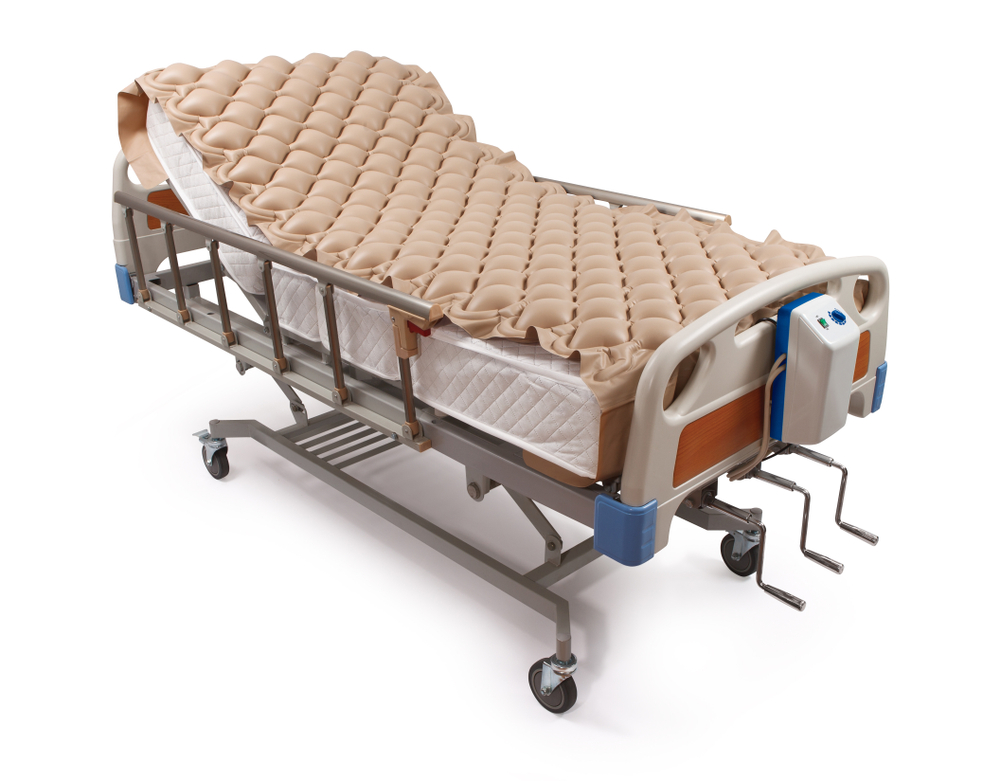
Comfort and Pressure Relief
 When it comes to hospital beds, one of the most essential components is the air mattress. Hospital bed air mattresses provide a significant level of comfort and pressure relief for patients who may be bedridden for extended periods. These mattresses are designed to distribute the patient's weight evenly, reducing the risk of bedsores and skin breakdown. They also allow for better blood circulation, which can aid in the healing process.
Pressure relief is critical for patients who are unable to shift their weight and change positions frequently.
This is especially true for those with limited mobility or chronic conditions. The air cells in hospital bed air mattresses can be adjusted to provide varying levels of support and pressure redistribution, catering to the specific needs of each patient. This ensures that no areas of the body are under excessive pressure, which can lead to discomfort and health complications.
When it comes to hospital beds, one of the most essential components is the air mattress. Hospital bed air mattresses provide a significant level of comfort and pressure relief for patients who may be bedridden for extended periods. These mattresses are designed to distribute the patient's weight evenly, reducing the risk of bedsores and skin breakdown. They also allow for better blood circulation, which can aid in the healing process.
Pressure relief is critical for patients who are unable to shift their weight and change positions frequently.
This is especially true for those with limited mobility or chronic conditions. The air cells in hospital bed air mattresses can be adjusted to provide varying levels of support and pressure redistribution, catering to the specific needs of each patient. This ensures that no areas of the body are under excessive pressure, which can lead to discomfort and health complications.
Infection Control
 Not only do hospital bed air mattresses provide comfort and pressure relief, but they also play a crucial role in infection control. Traditional hospital beds with regular mattresses are susceptible to harboring bacteria and viruses, increasing the risk of cross-contamination between patients. Air mattresses, on the other hand, are made from materials that are easy to clean and disinfect, reducing the spread of infections.
Moreover, some hospital bed air mattresses are designed with features that promote infection control.
For example, low-air-loss mattresses have air-filled pillows that help to keep the patient's skin cool and dry, preventing moisture buildup and the growth of harmful bacteria. Additionally, alternating pressure mattresses have a cycle of inflation and deflation that helps to improve air circulation and reduce the risk of pressure ulcers.
Not only do hospital bed air mattresses provide comfort and pressure relief, but they also play a crucial role in infection control. Traditional hospital beds with regular mattresses are susceptible to harboring bacteria and viruses, increasing the risk of cross-contamination between patients. Air mattresses, on the other hand, are made from materials that are easy to clean and disinfect, reducing the spread of infections.
Moreover, some hospital bed air mattresses are designed with features that promote infection control.
For example, low-air-loss mattresses have air-filled pillows that help to keep the patient's skin cool and dry, preventing moisture buildup and the growth of harmful bacteria. Additionally, alternating pressure mattresses have a cycle of inflation and deflation that helps to improve air circulation and reduce the risk of pressure ulcers.
Types of Hospital Bed Air Mattresses
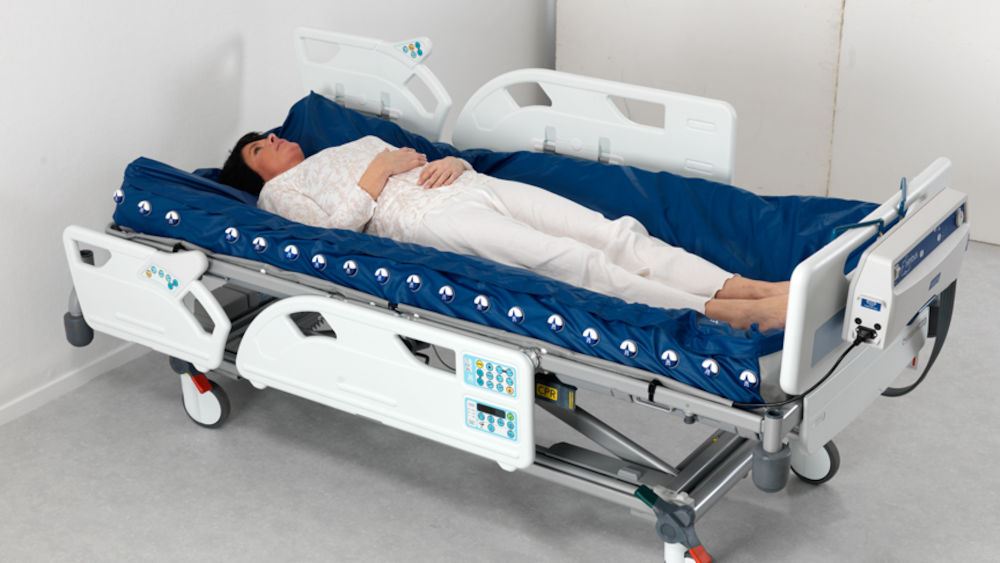 There are various types of hospital bed air mattresses available on the market, each with its unique features and benefits. Some of the most common types include low-air-loss mattresses, alternating pressure mattresses, and lateral rotation mattresses.
Low-air-loss mattresses are ideal for patients with high-risk skin conditions, while alternating pressure mattresses are better suited for those with moderate risk.
Lateral rotation mattresses are designed for patients who require frequent position changes to prevent pressure ulcers and promote blood circulation.
These mattresses use a turning mechanism to rotate the patient's body gently, simulating the natural movements of the body during sleep. This type of mattress is particularly useful for patients who are unable to move on their own.
In conclusion, choosing the right hospital bed air mattress is essential for the comfort, pressure relief, and infection control of patients. It is crucial to consider the specific needs of each patient and select the appropriate type of mattress to promote healing and prevent health complications. With the variety of options available, healthcare providers can find the perfect hospital bed air mattress to meet the needs of their patients.
There are various types of hospital bed air mattresses available on the market, each with its unique features and benefits. Some of the most common types include low-air-loss mattresses, alternating pressure mattresses, and lateral rotation mattresses.
Low-air-loss mattresses are ideal for patients with high-risk skin conditions, while alternating pressure mattresses are better suited for those with moderate risk.
Lateral rotation mattresses are designed for patients who require frequent position changes to prevent pressure ulcers and promote blood circulation.
These mattresses use a turning mechanism to rotate the patient's body gently, simulating the natural movements of the body during sleep. This type of mattress is particularly useful for patients who are unable to move on their own.
In conclusion, choosing the right hospital bed air mattress is essential for the comfort, pressure relief, and infection control of patients. It is crucial to consider the specific needs of each patient and select the appropriate type of mattress to promote healing and prevent health complications. With the variety of options available, healthcare providers can find the perfect hospital bed air mattress to meet the needs of their patients.





